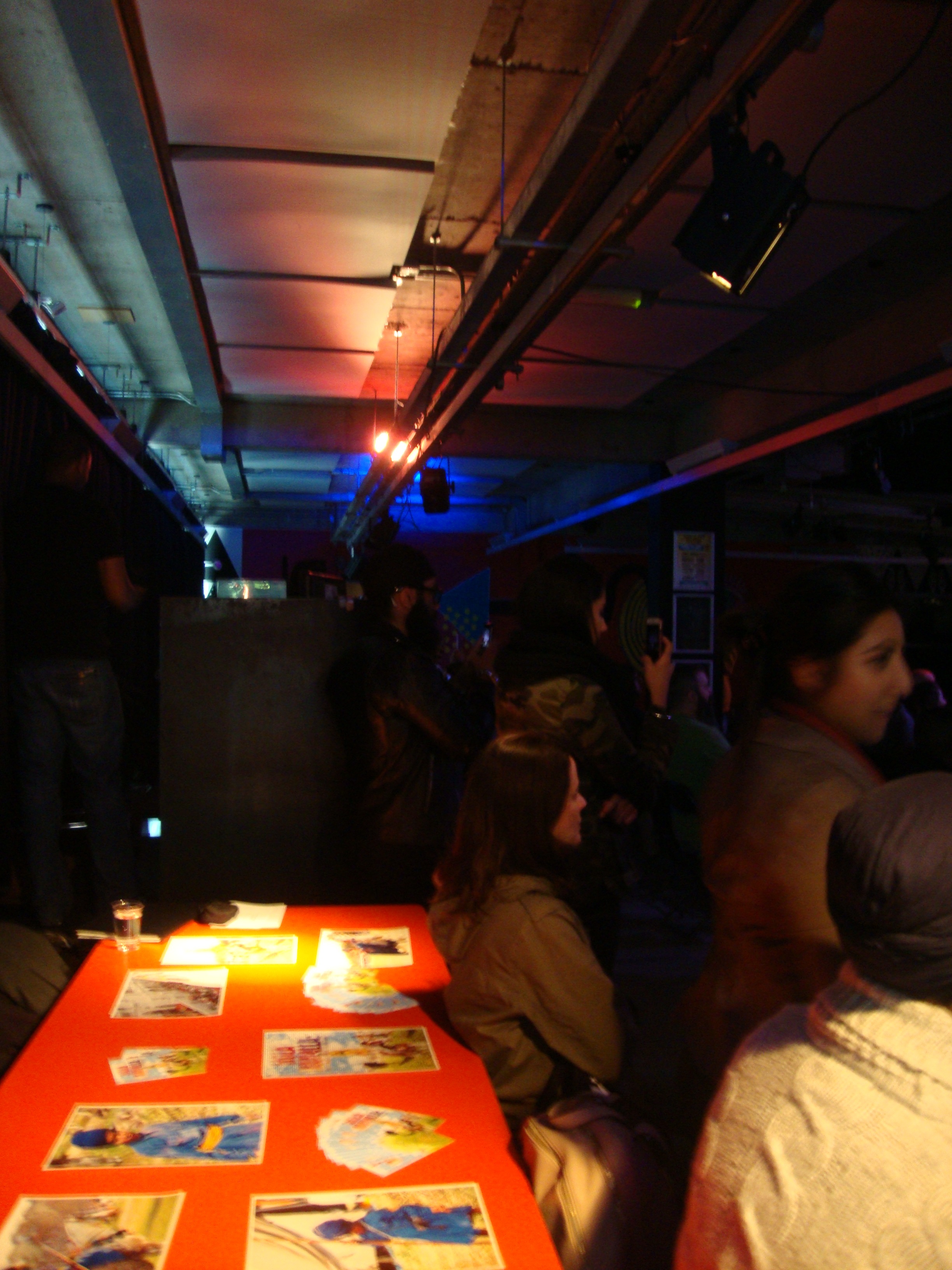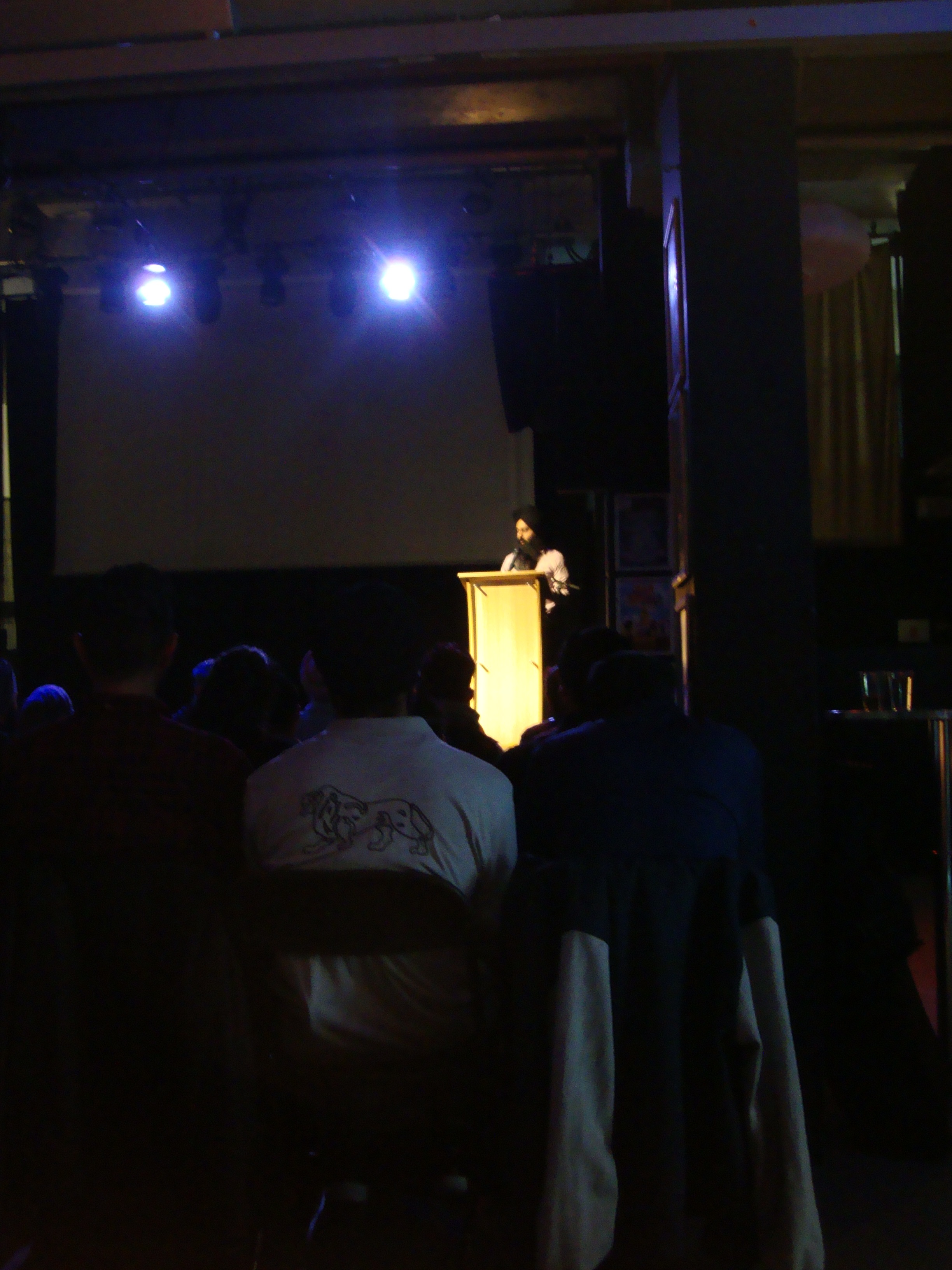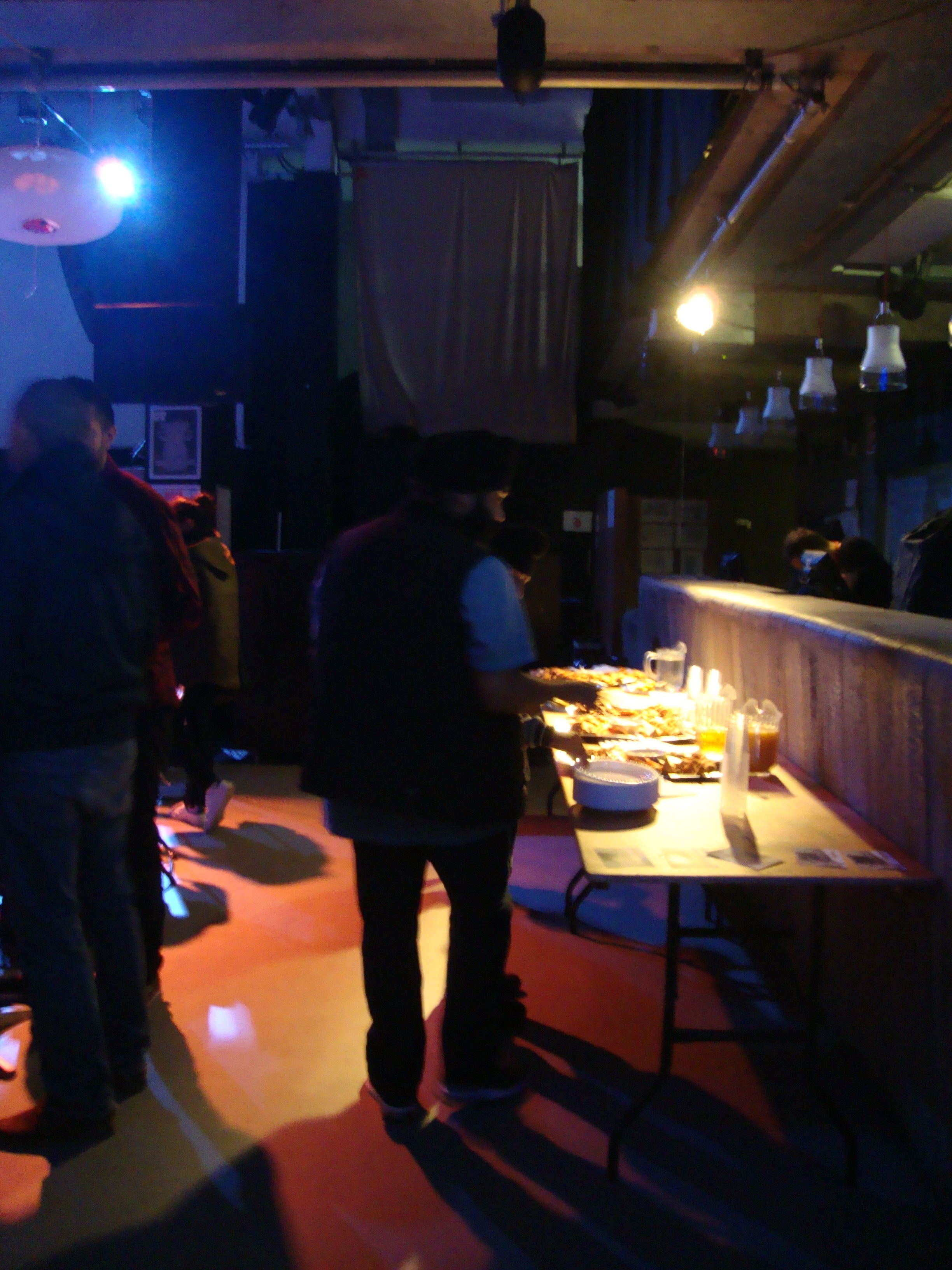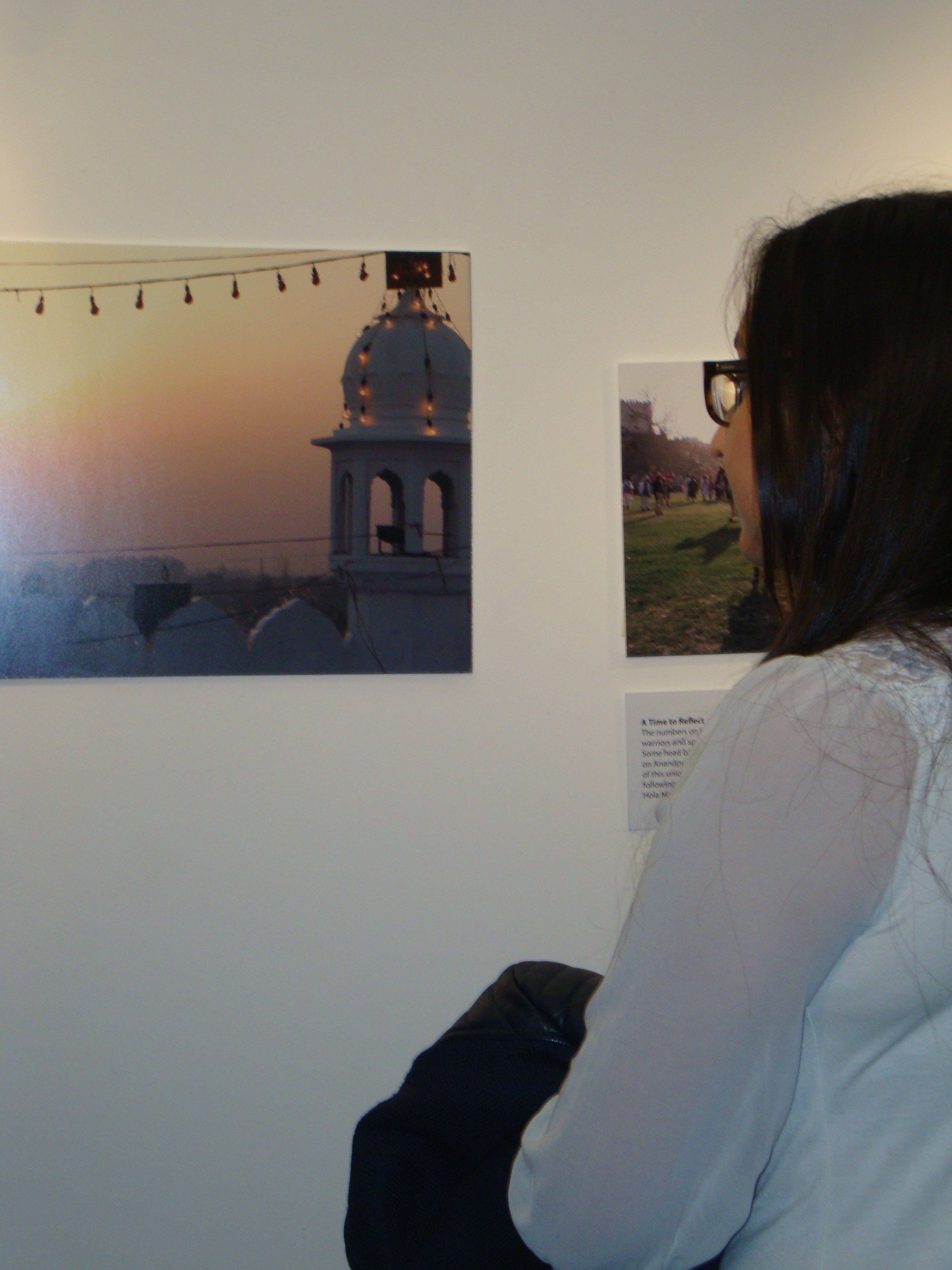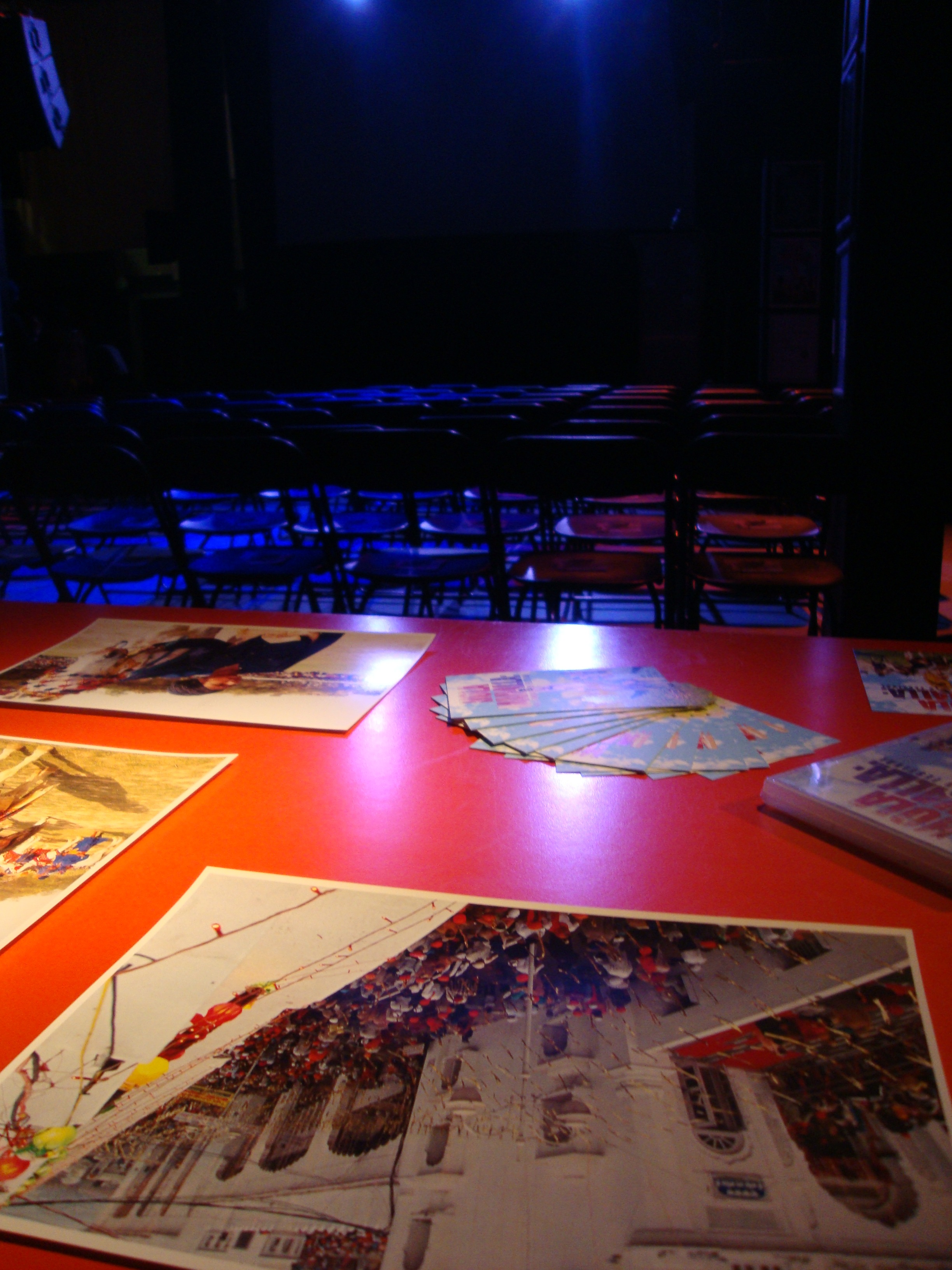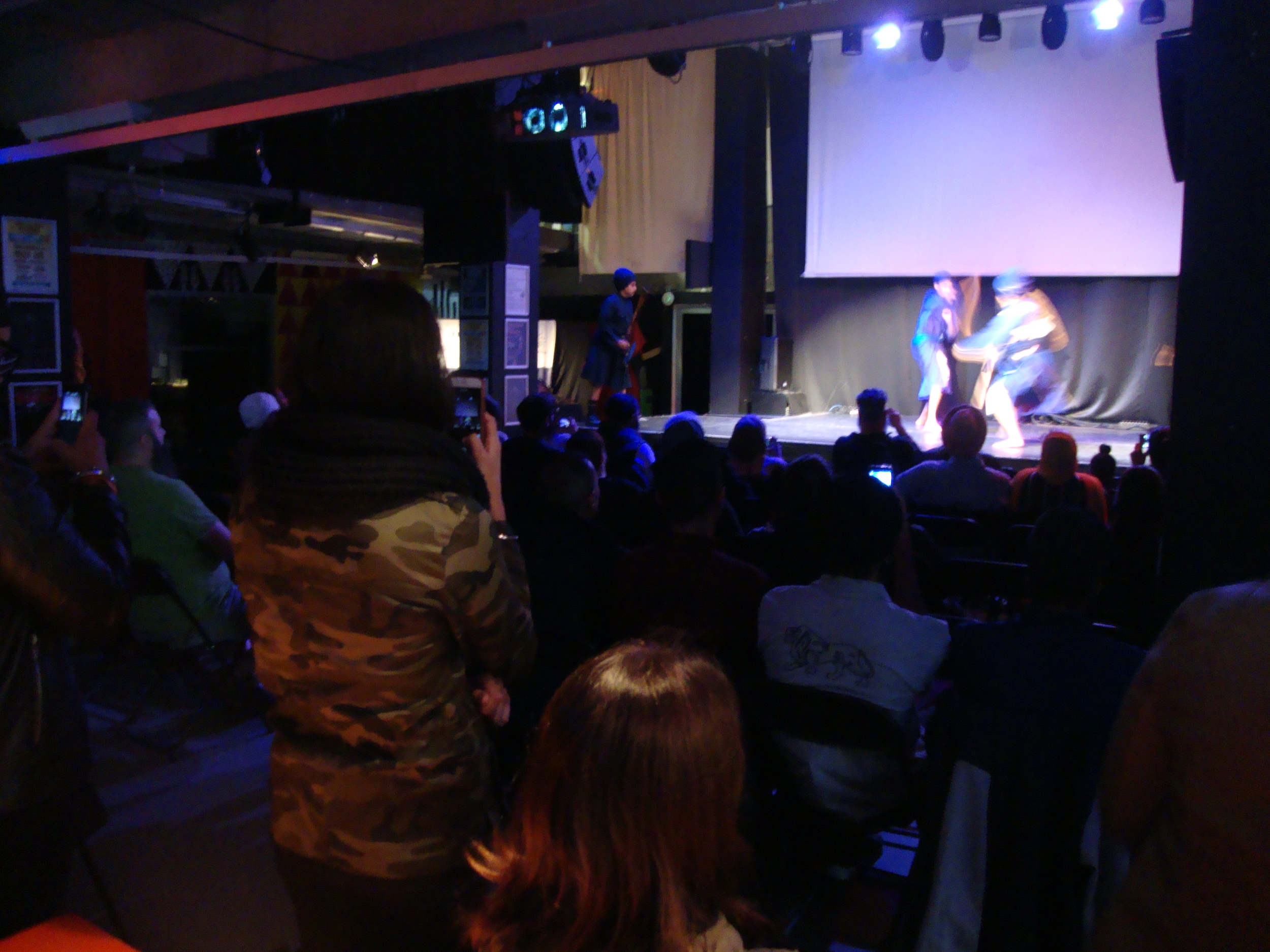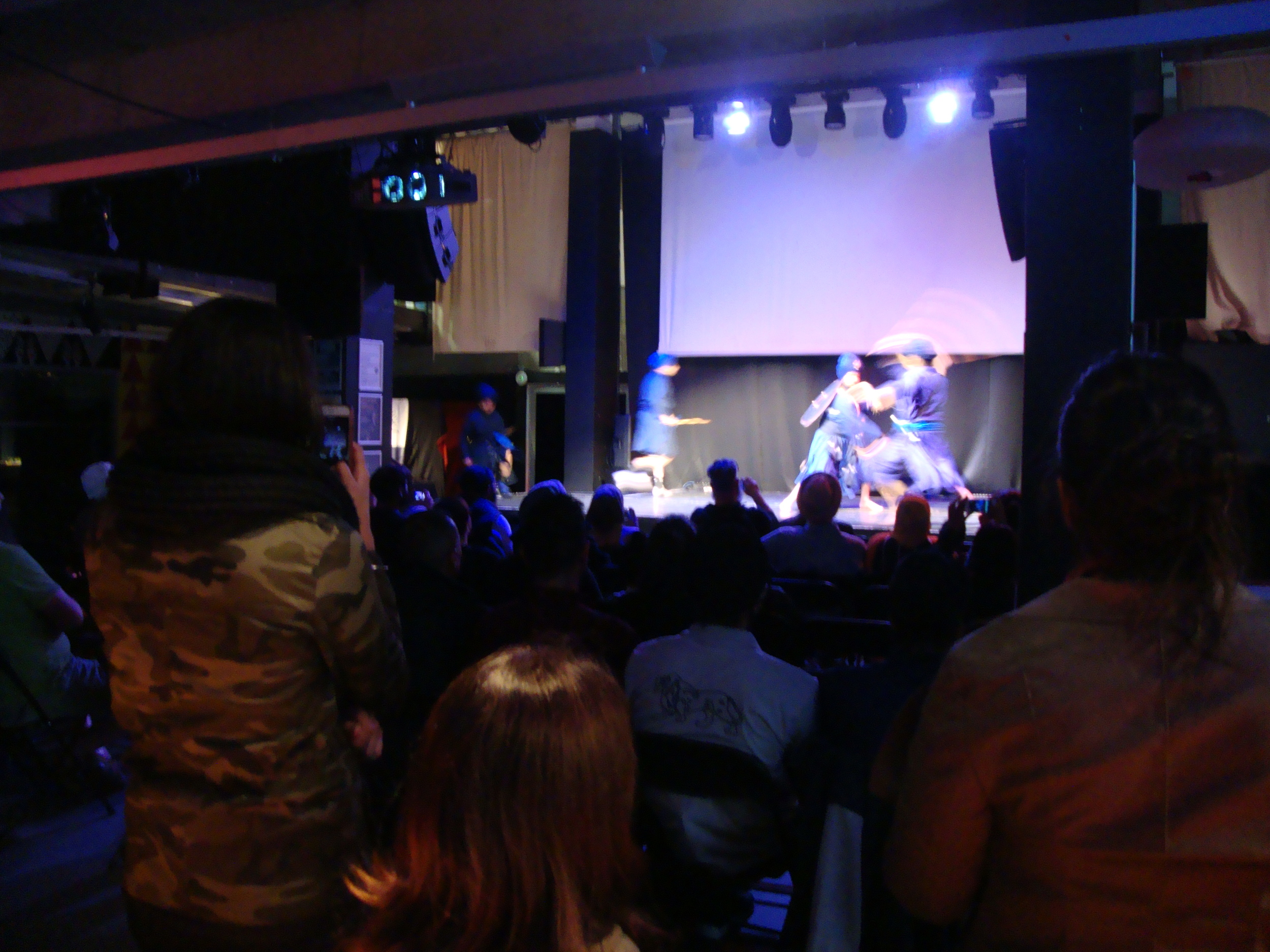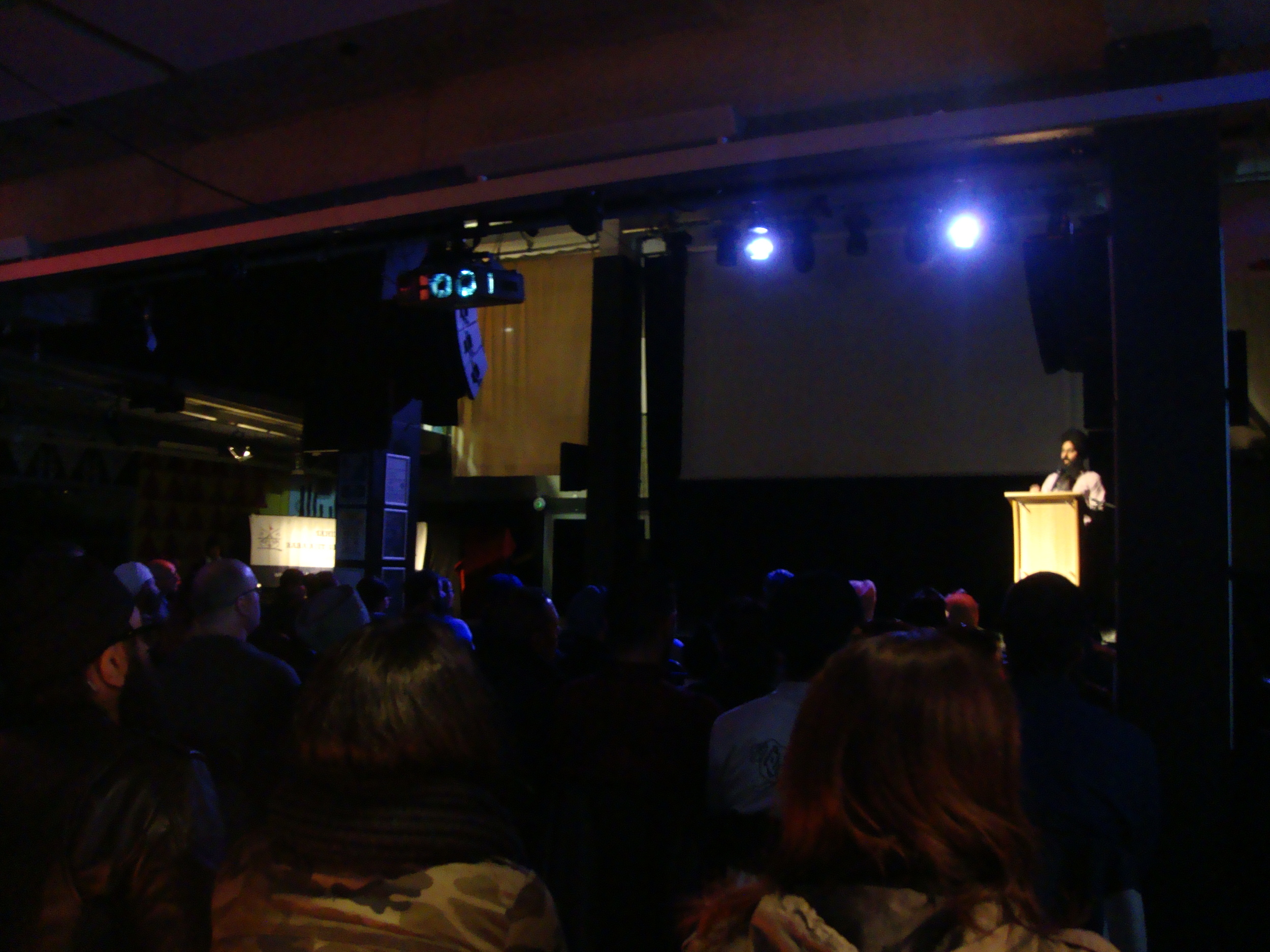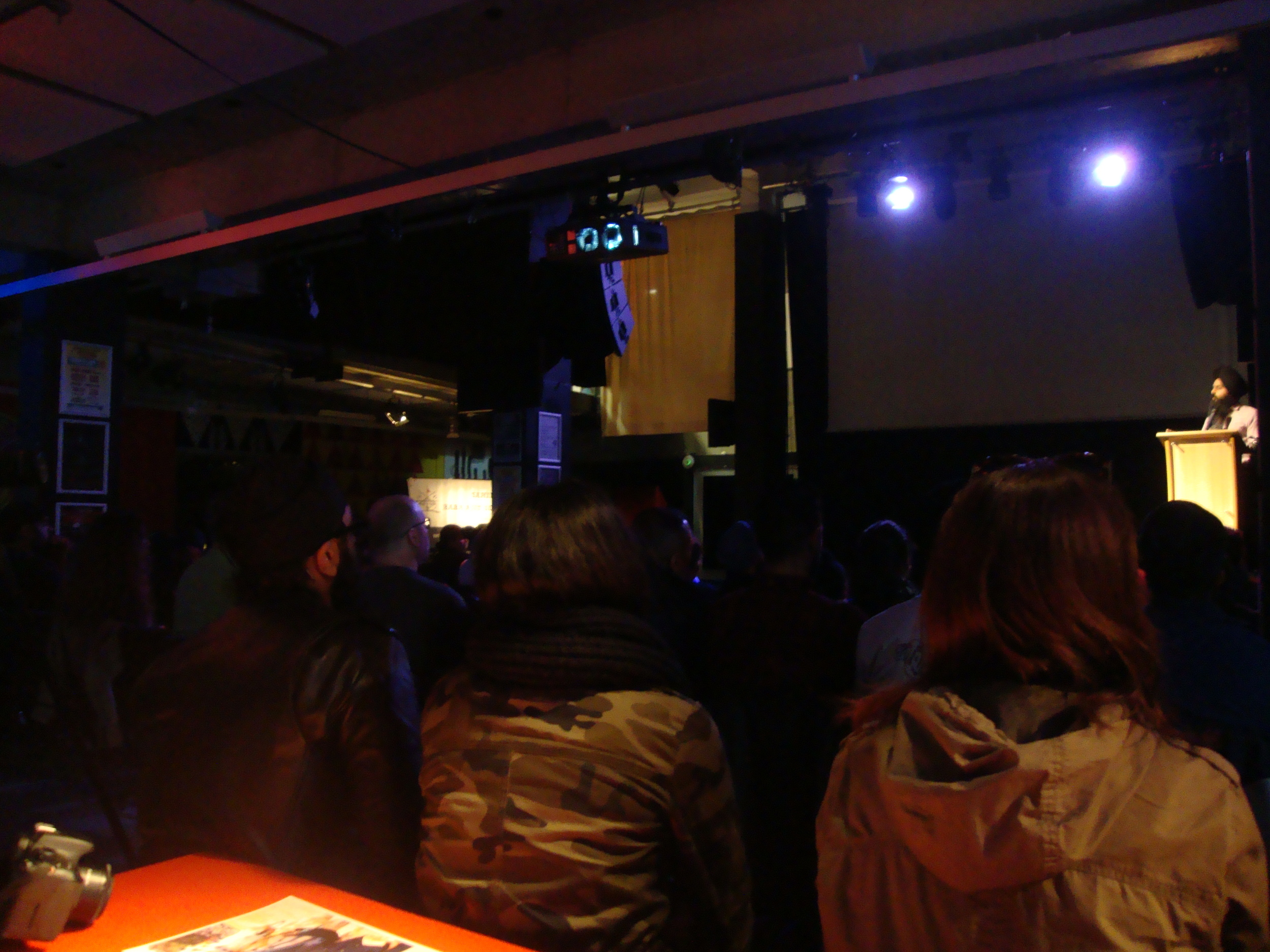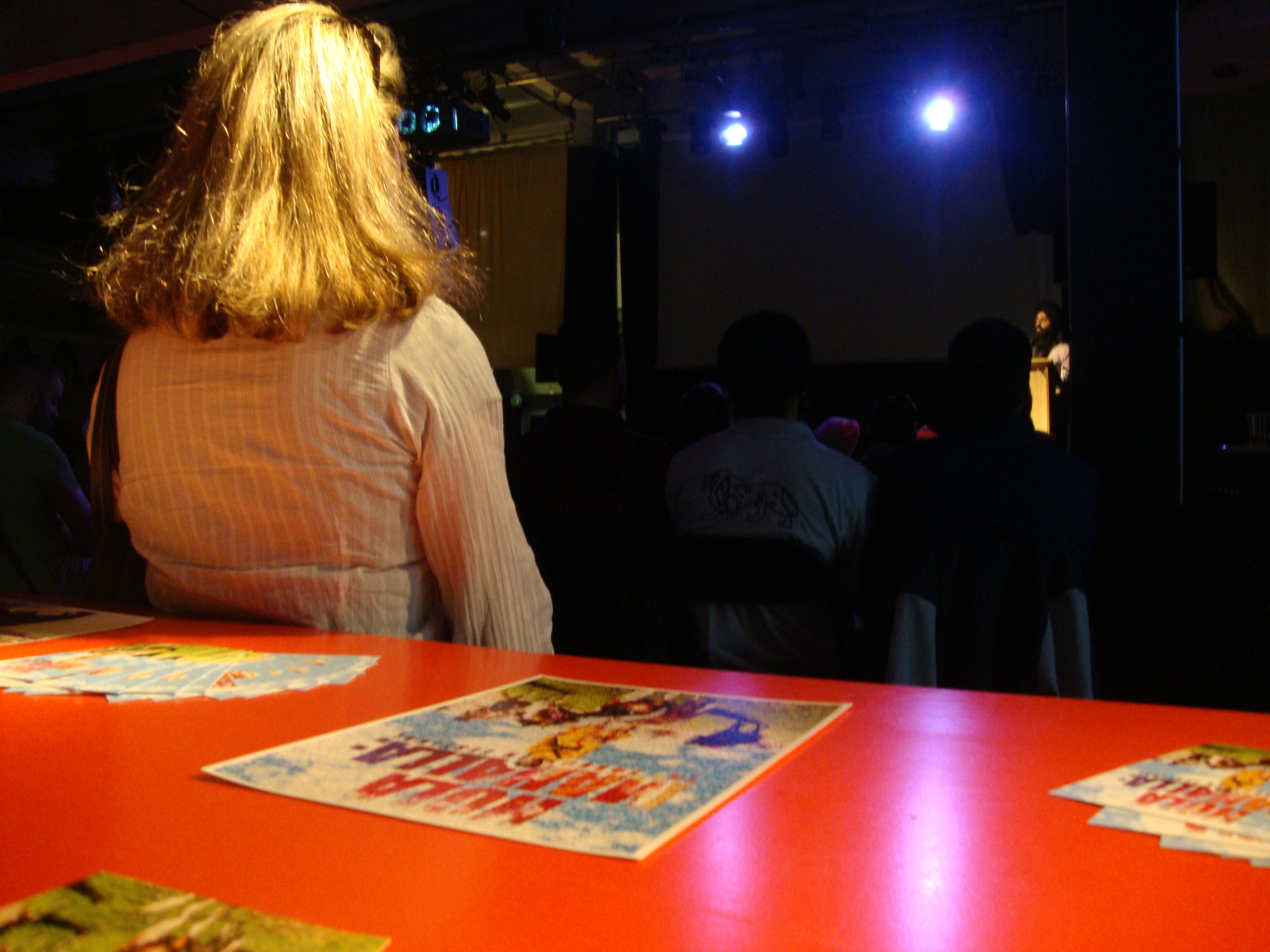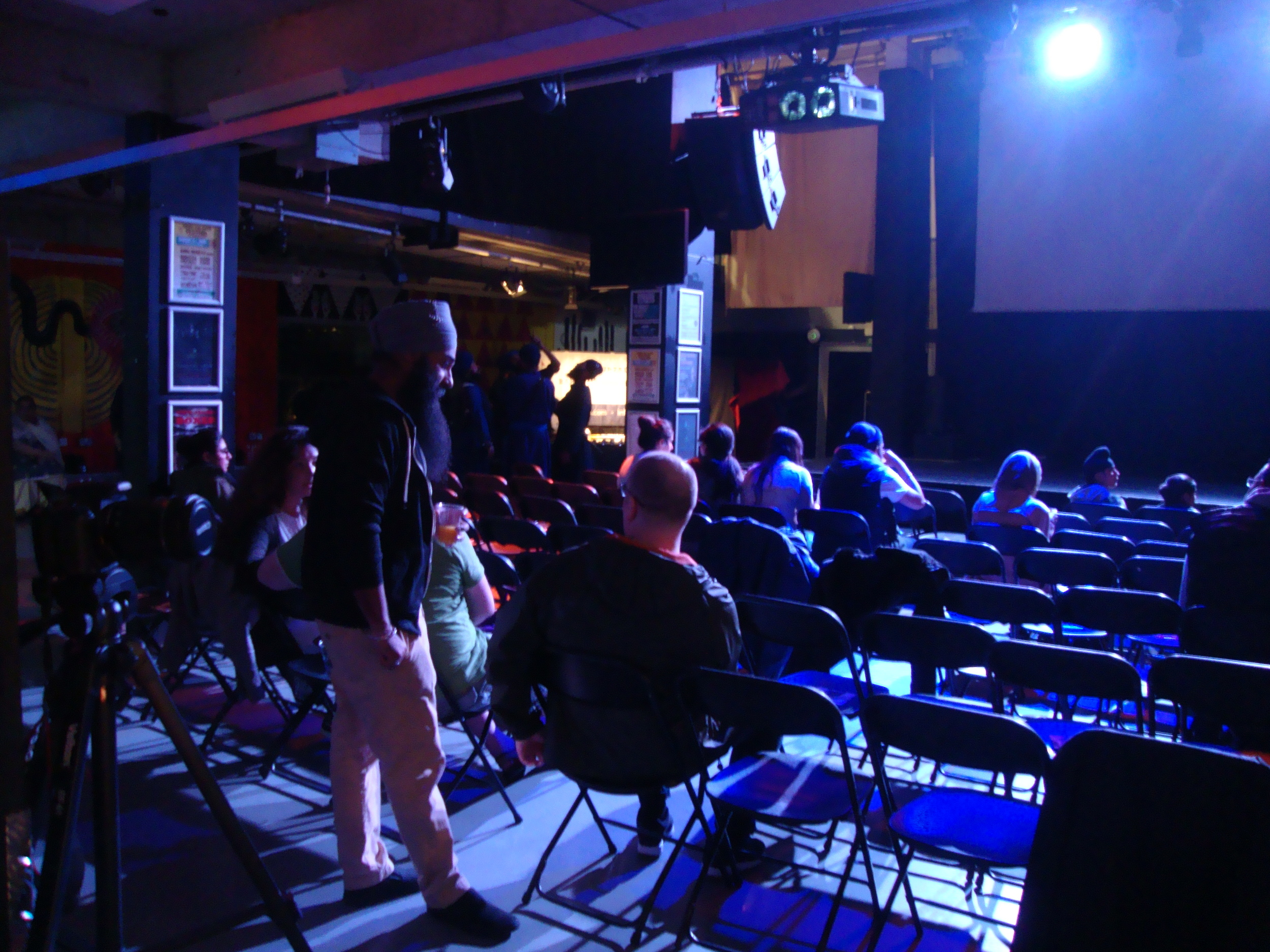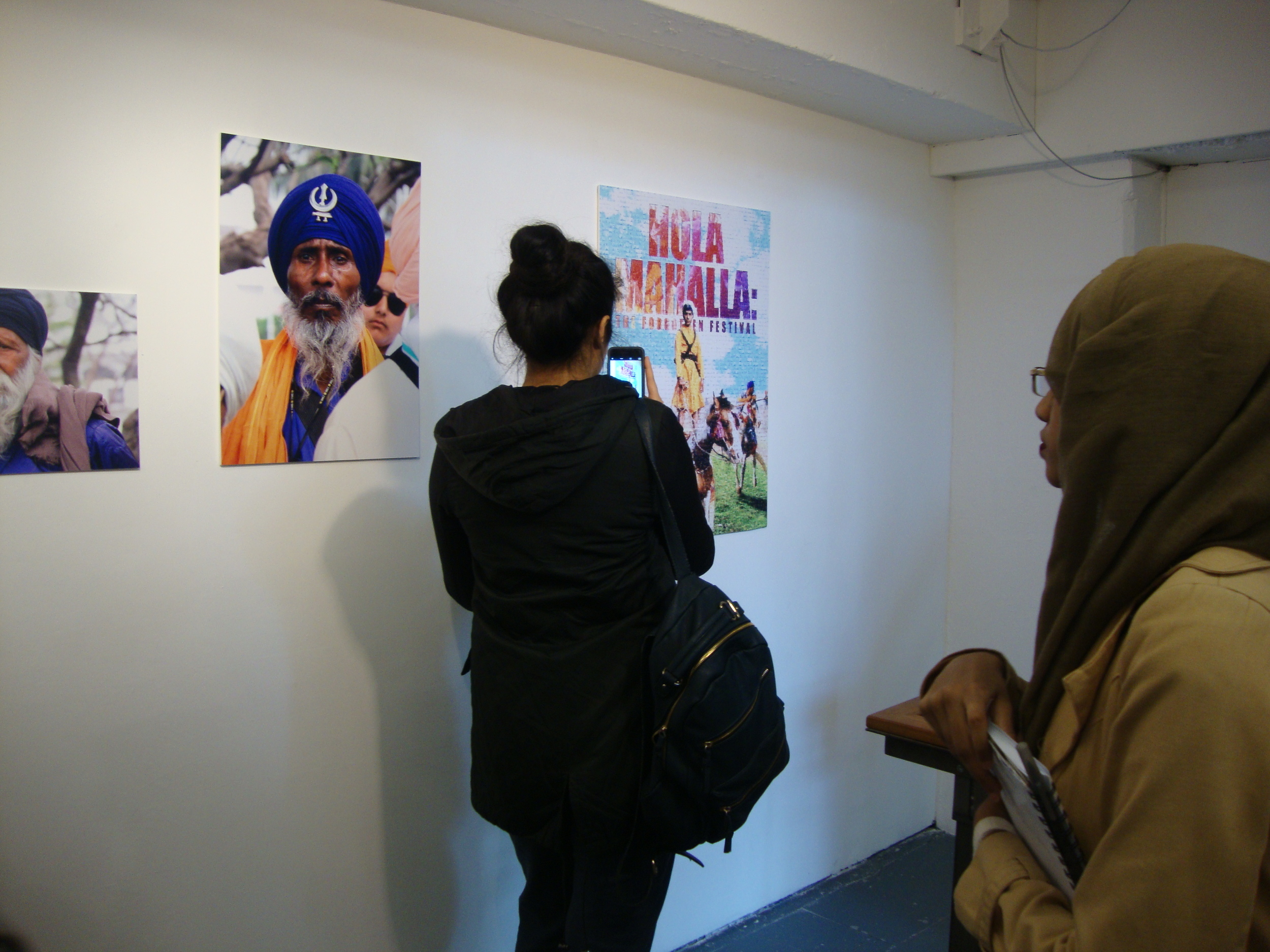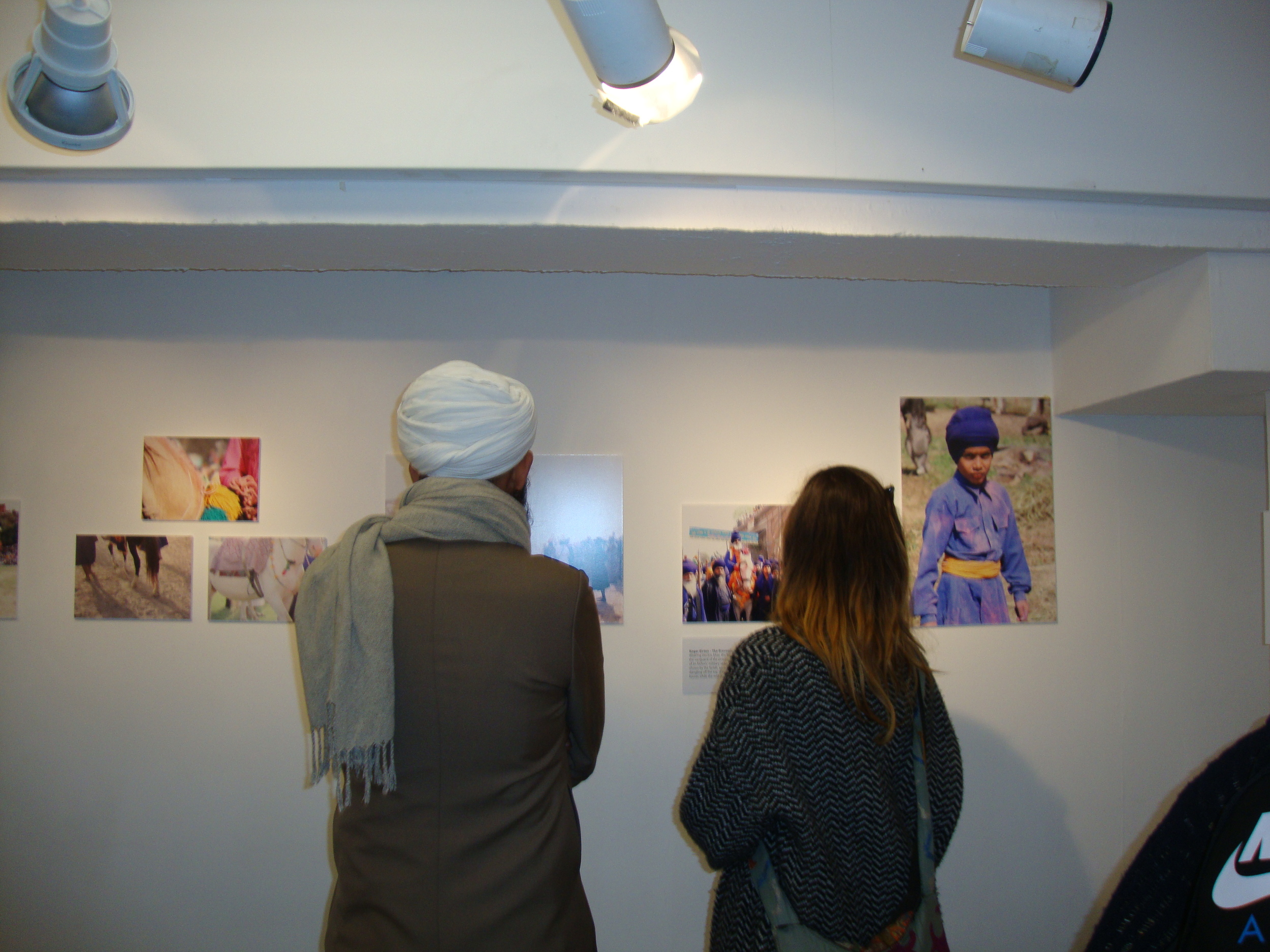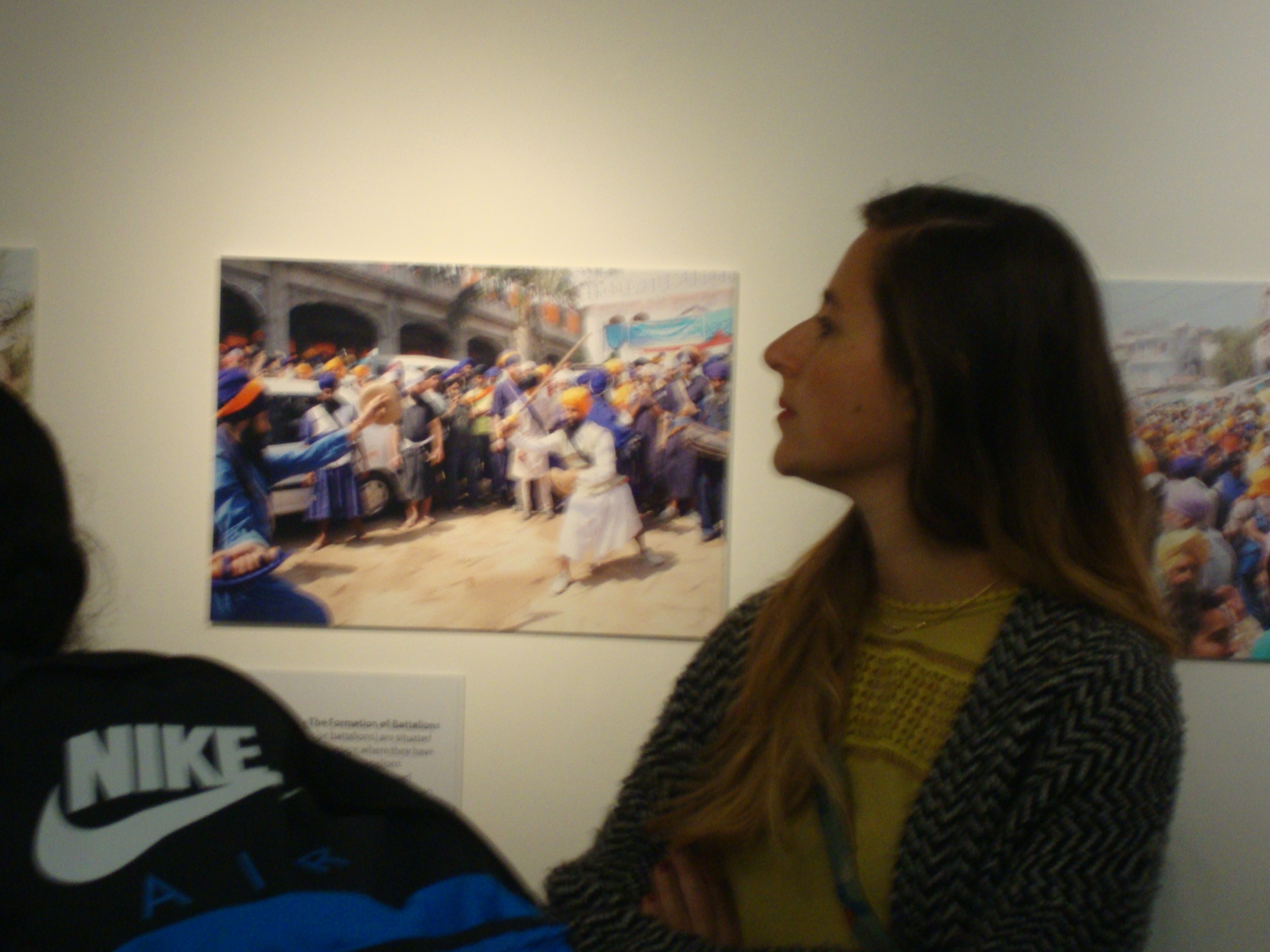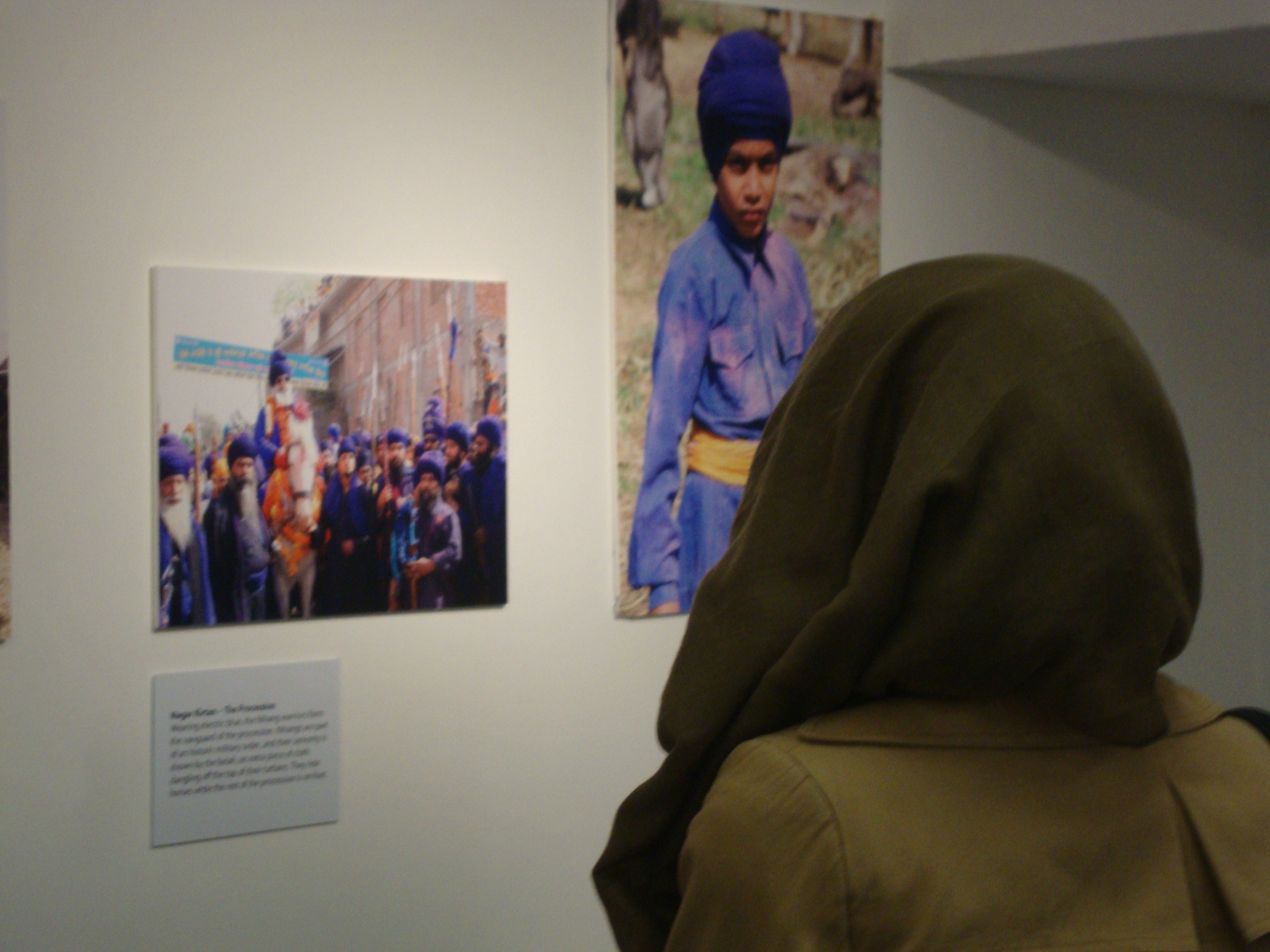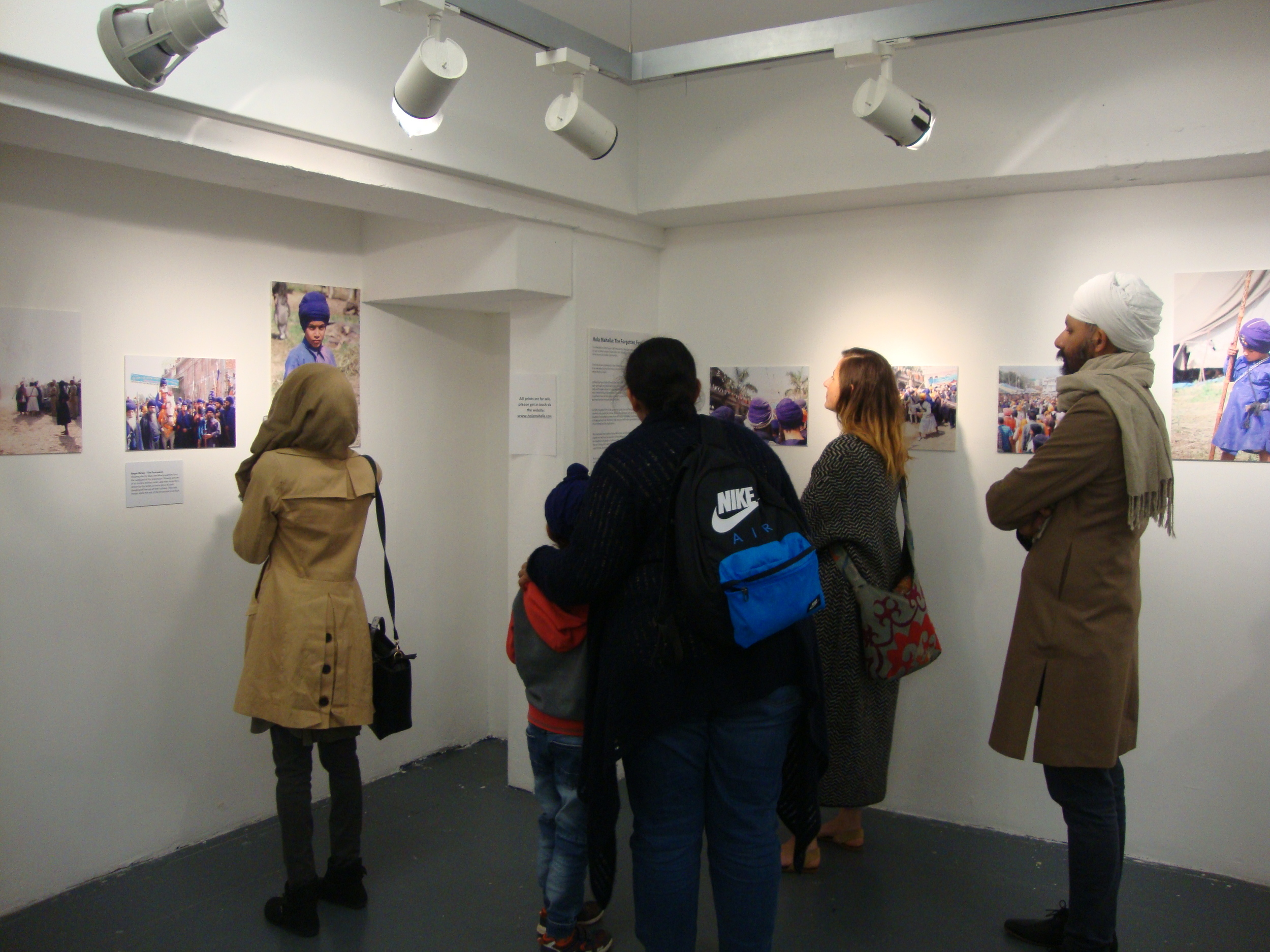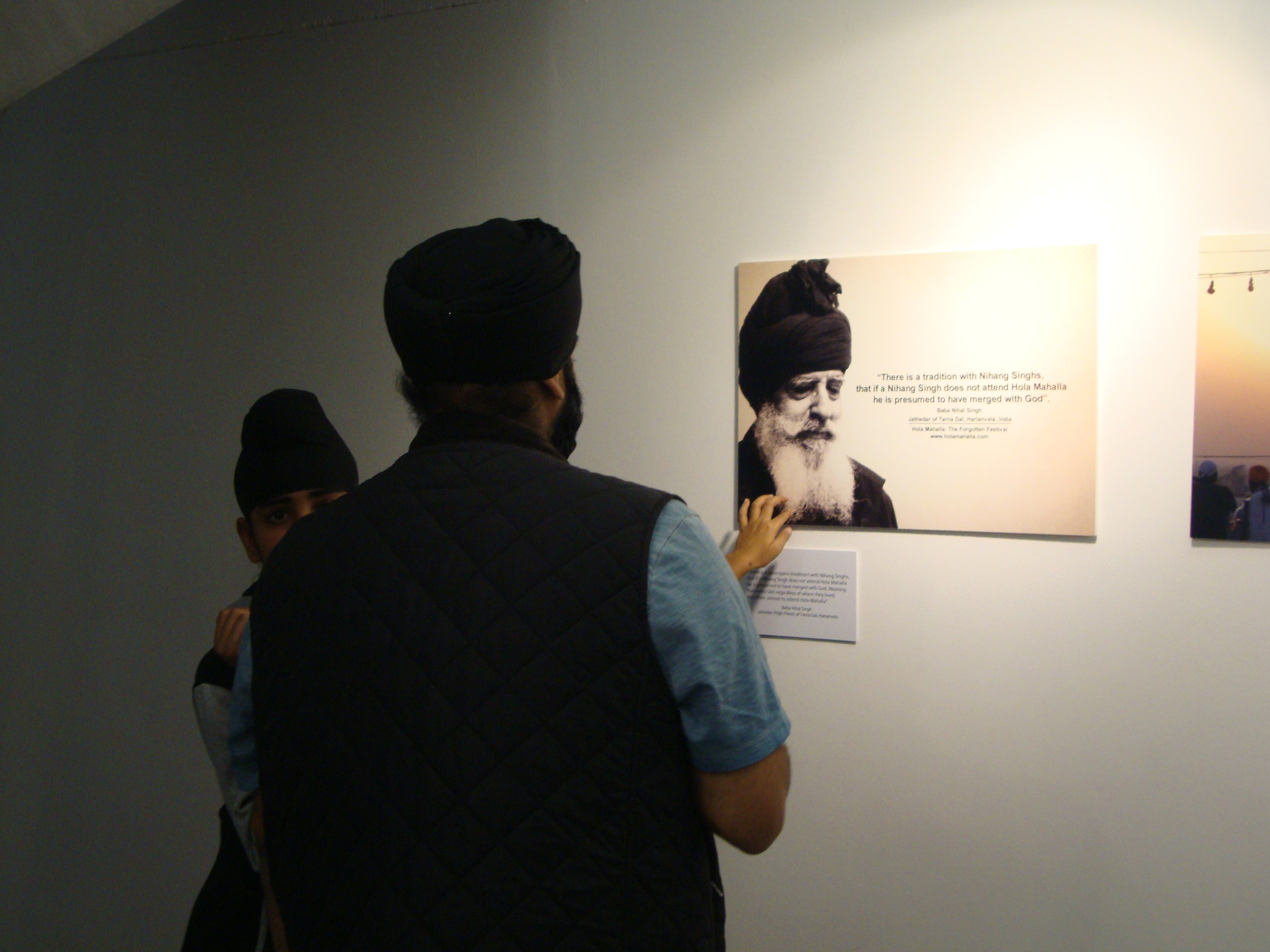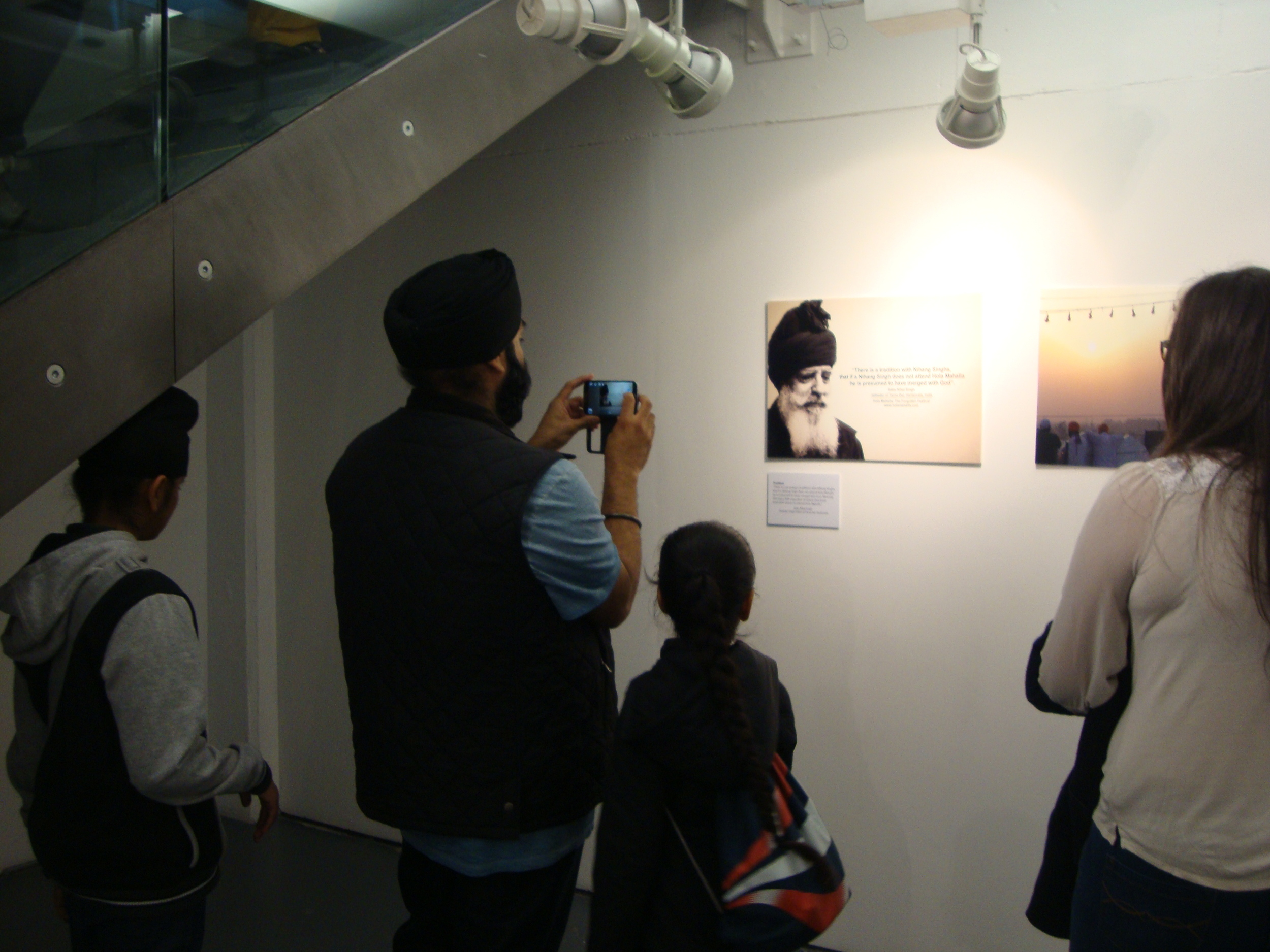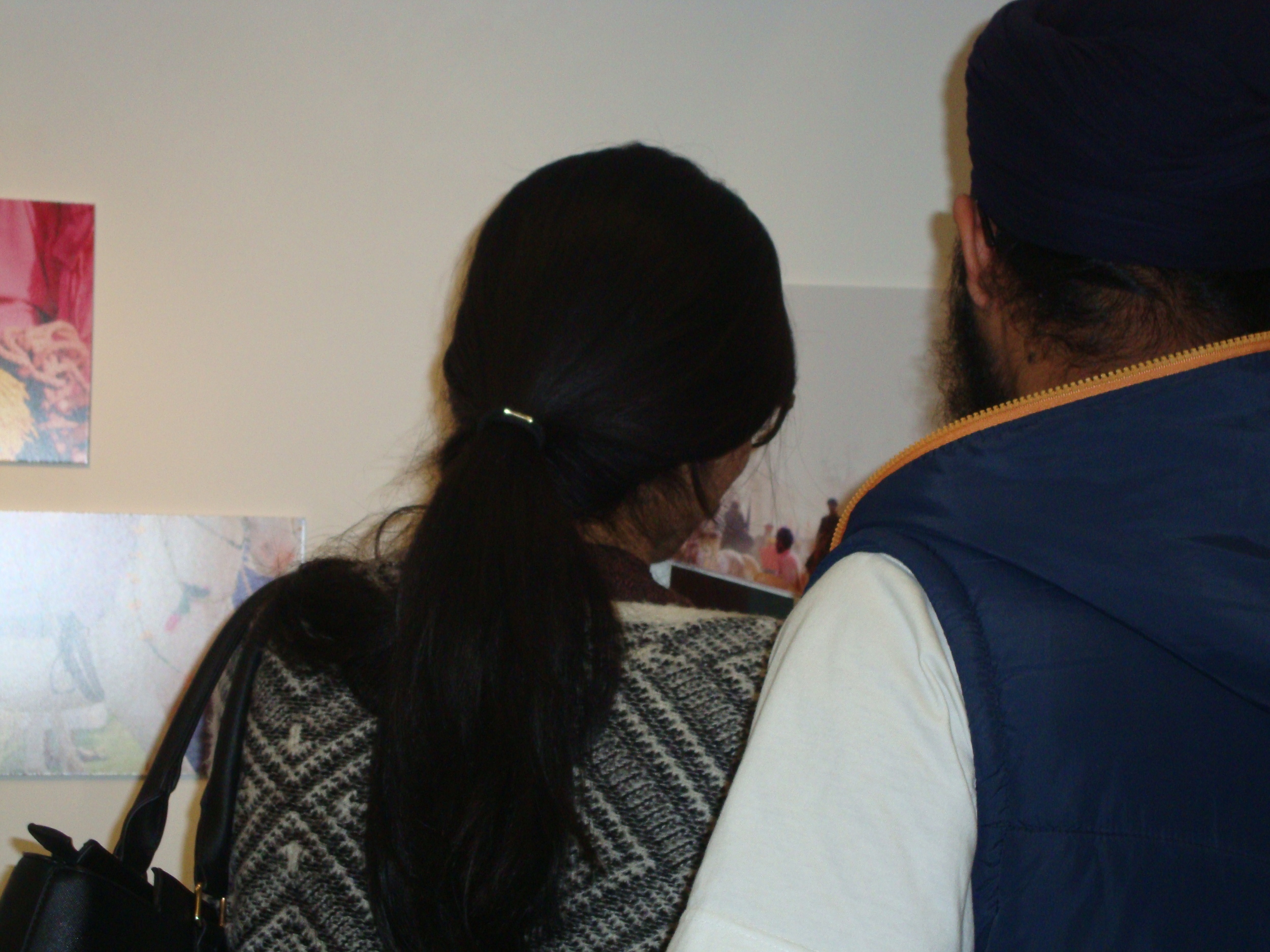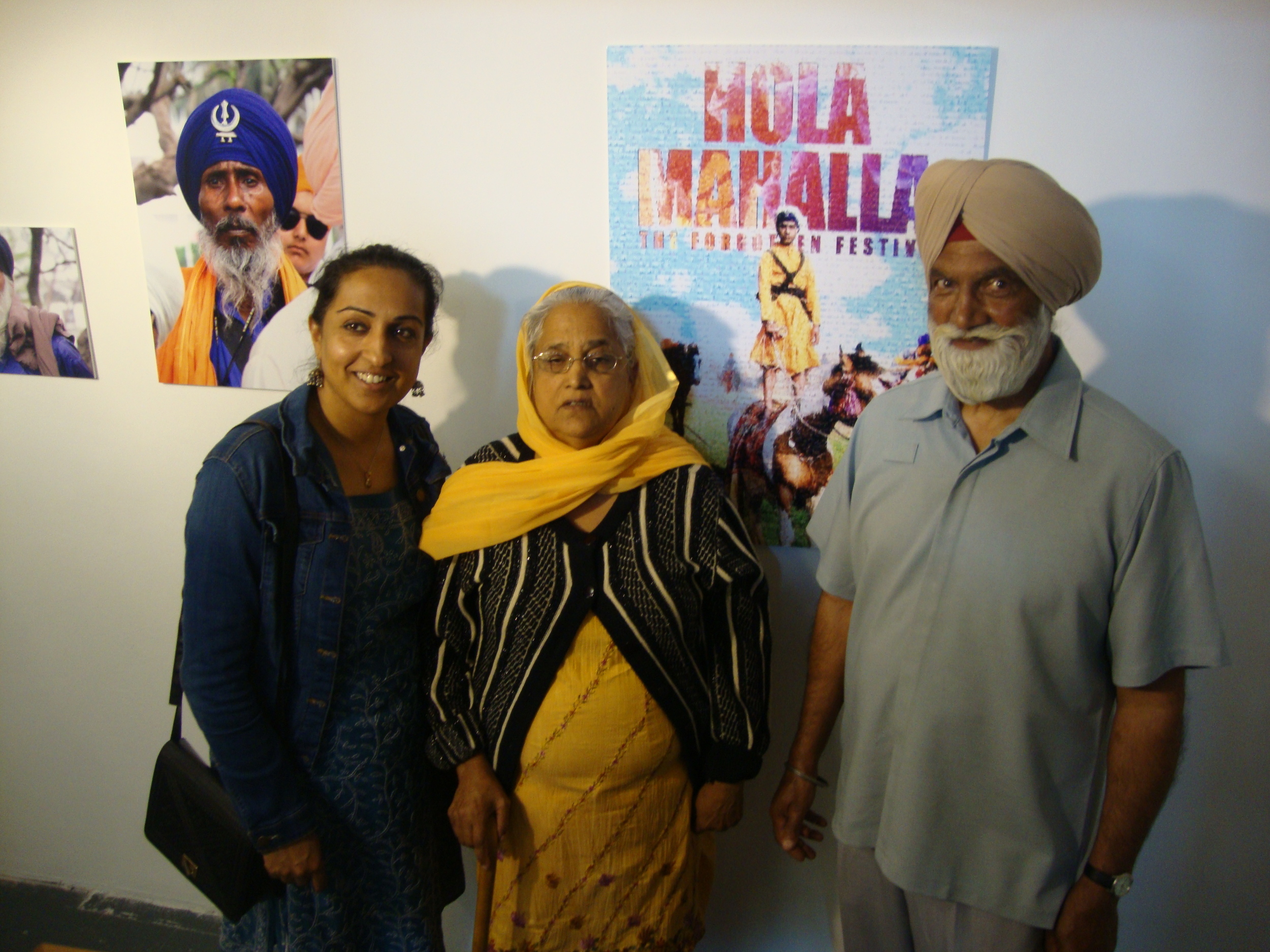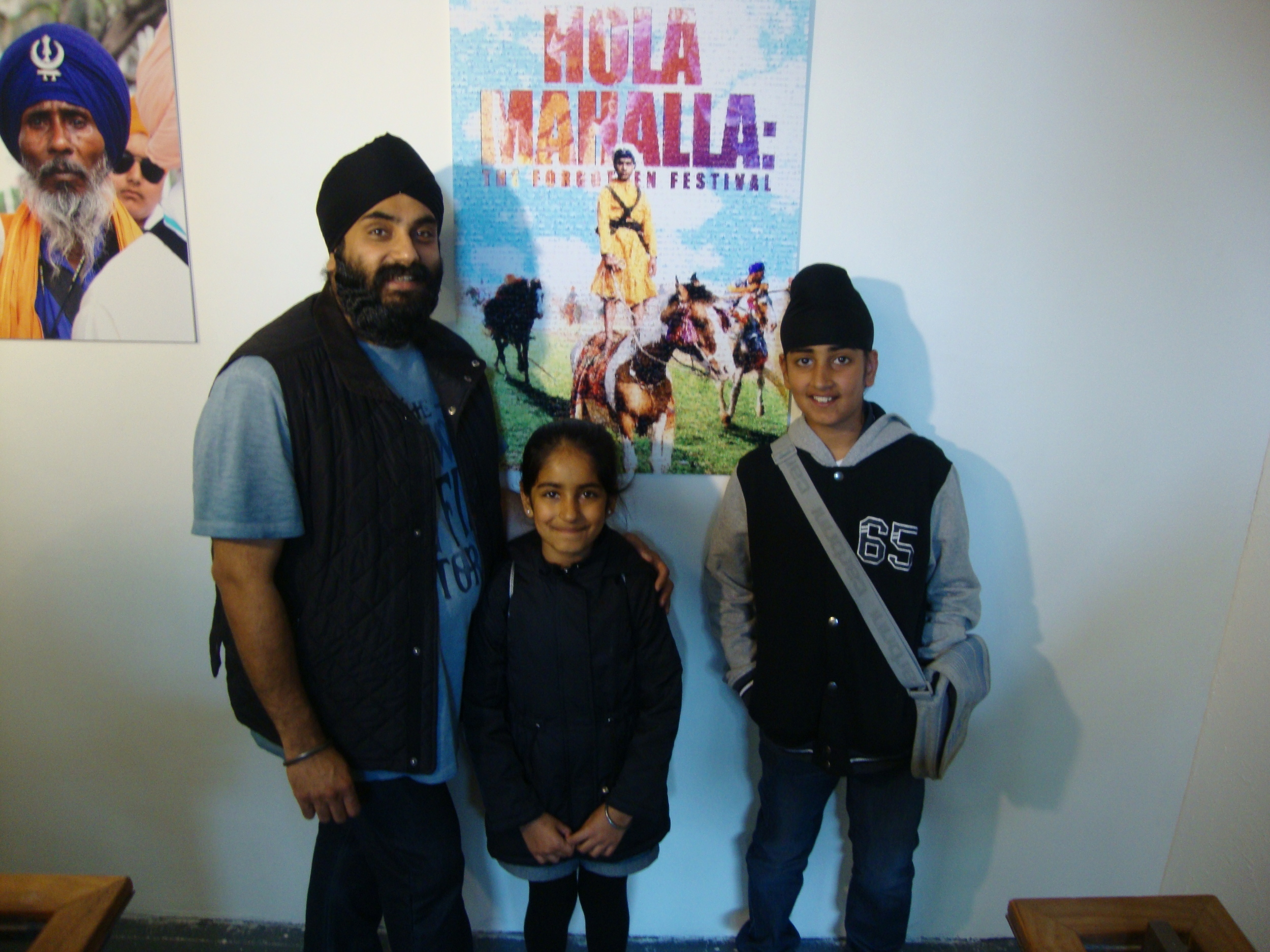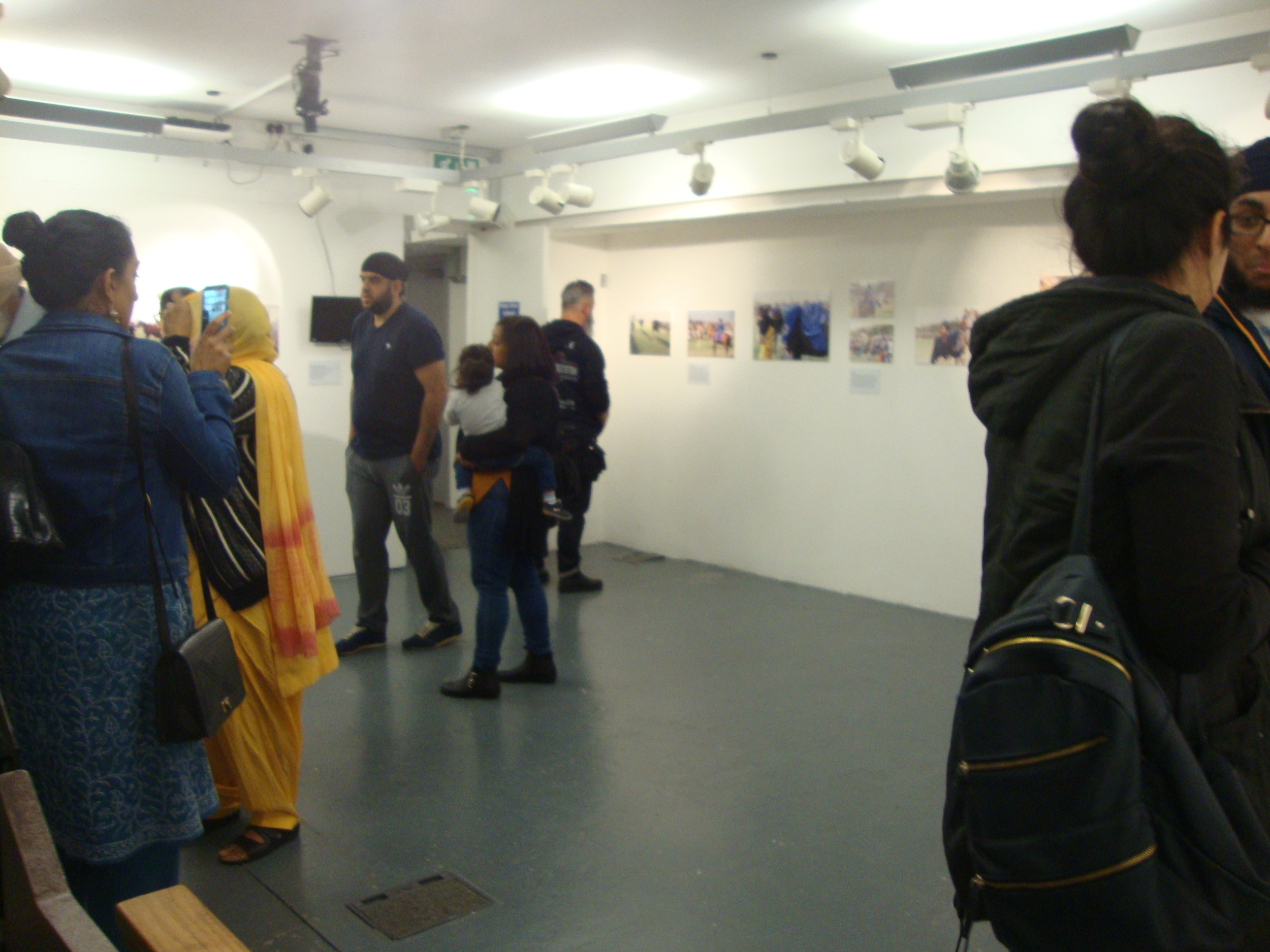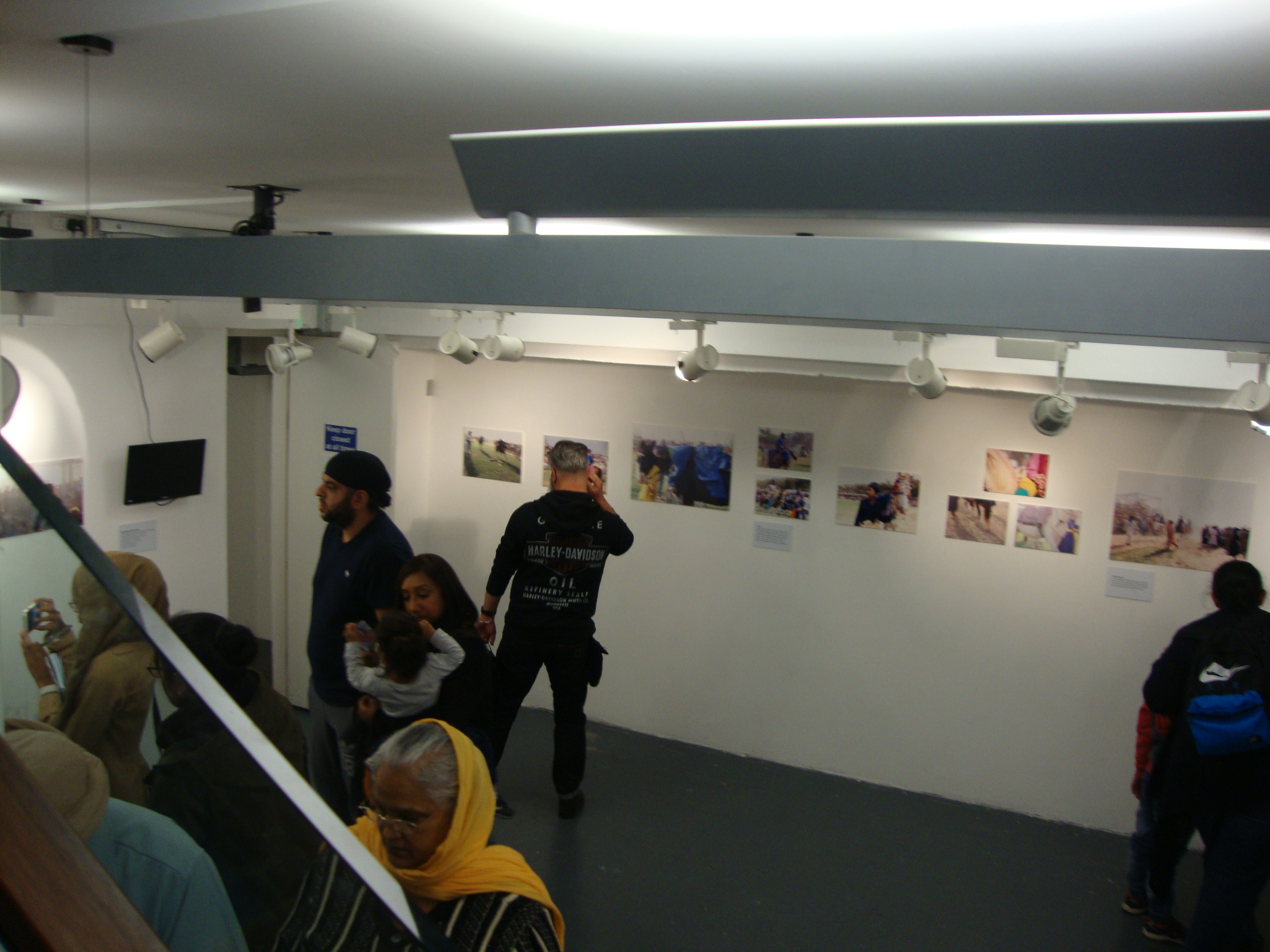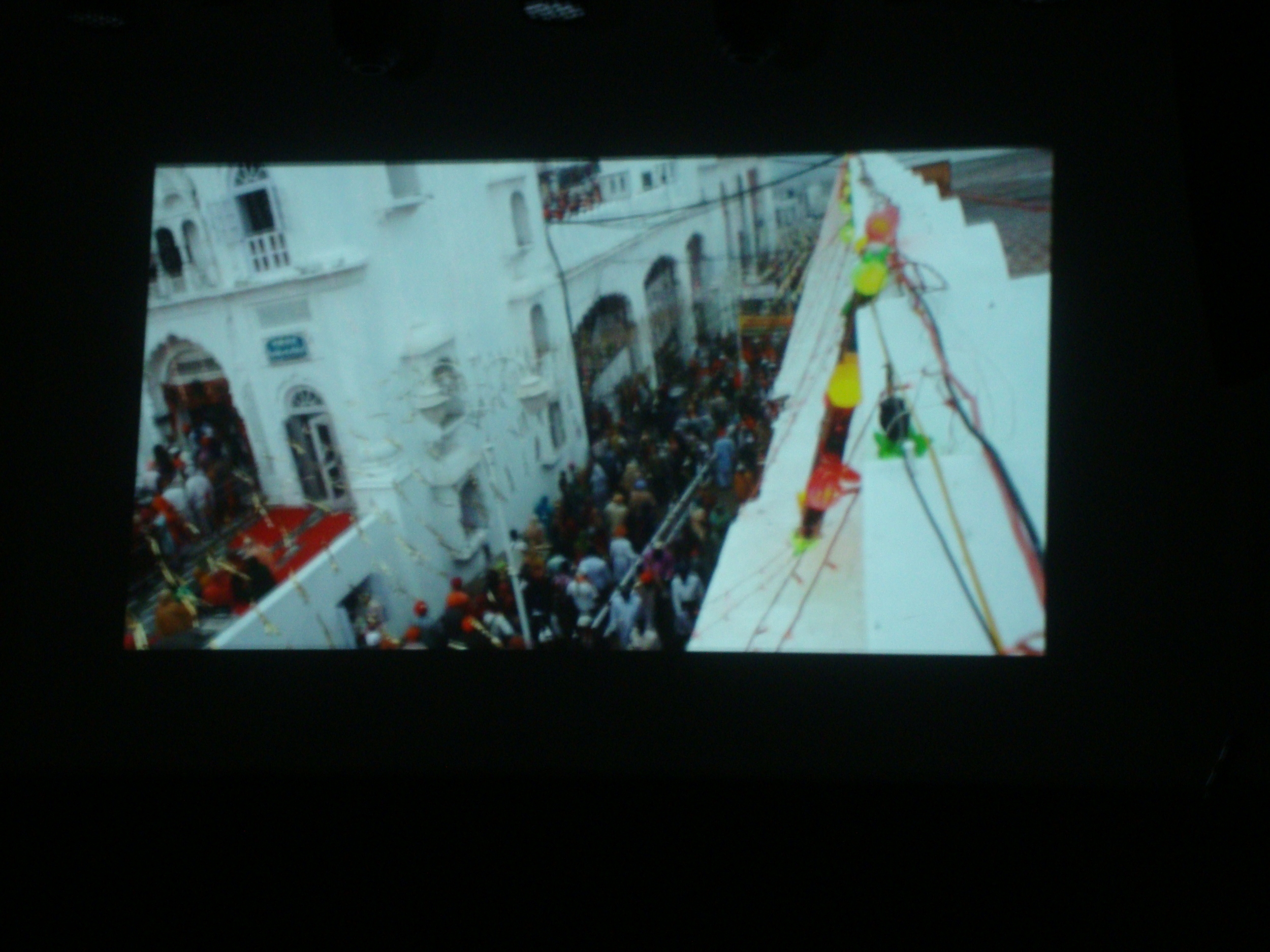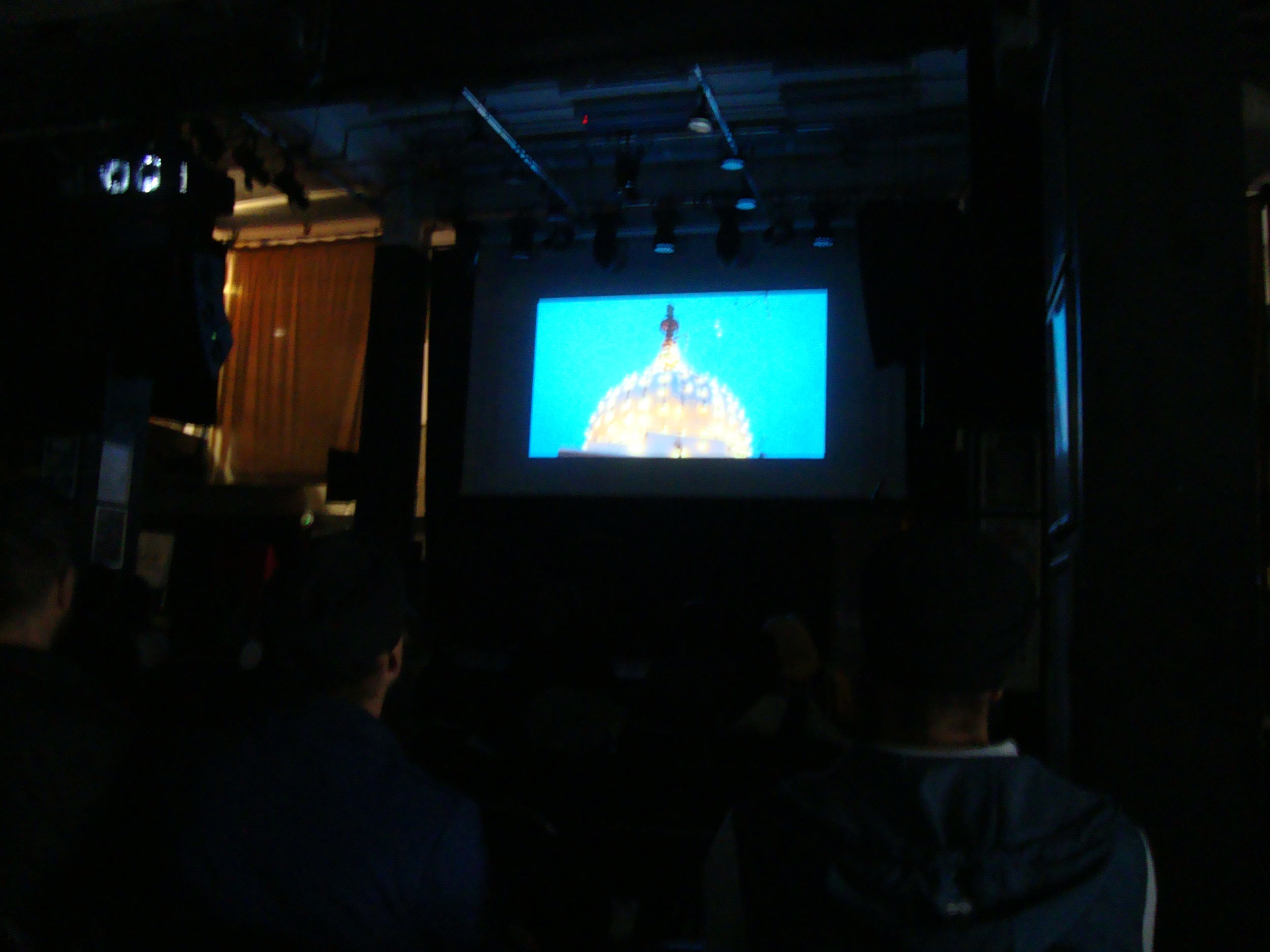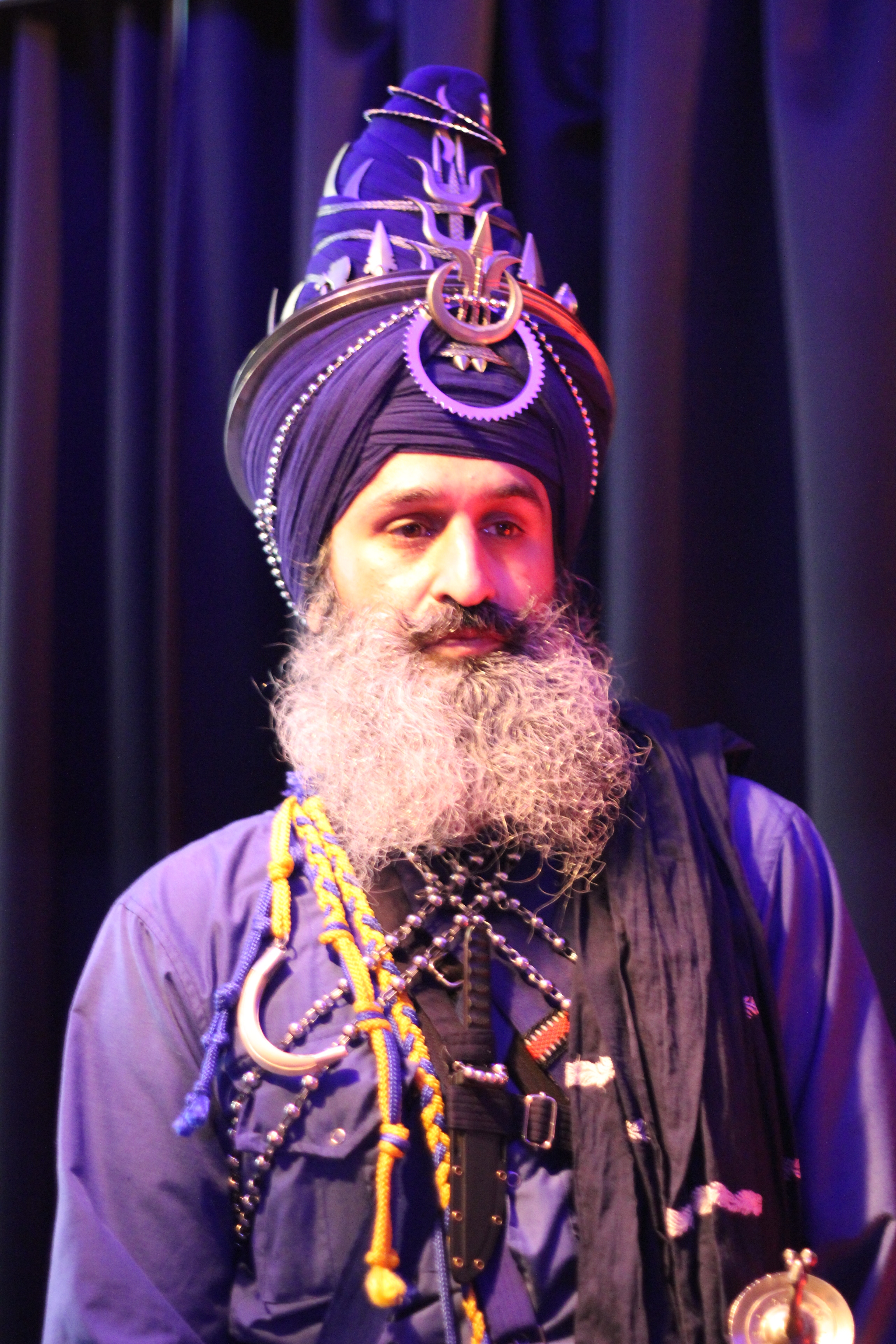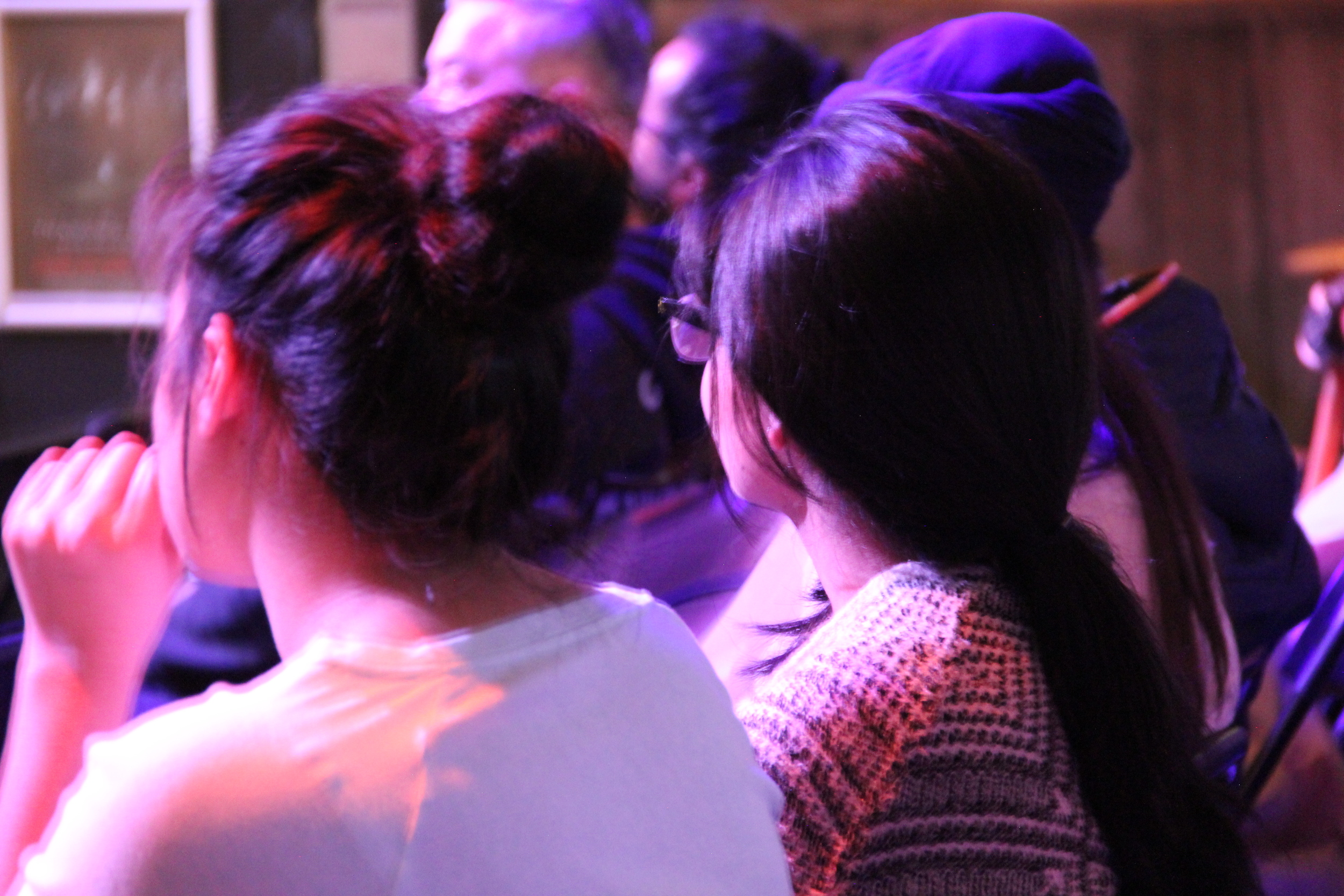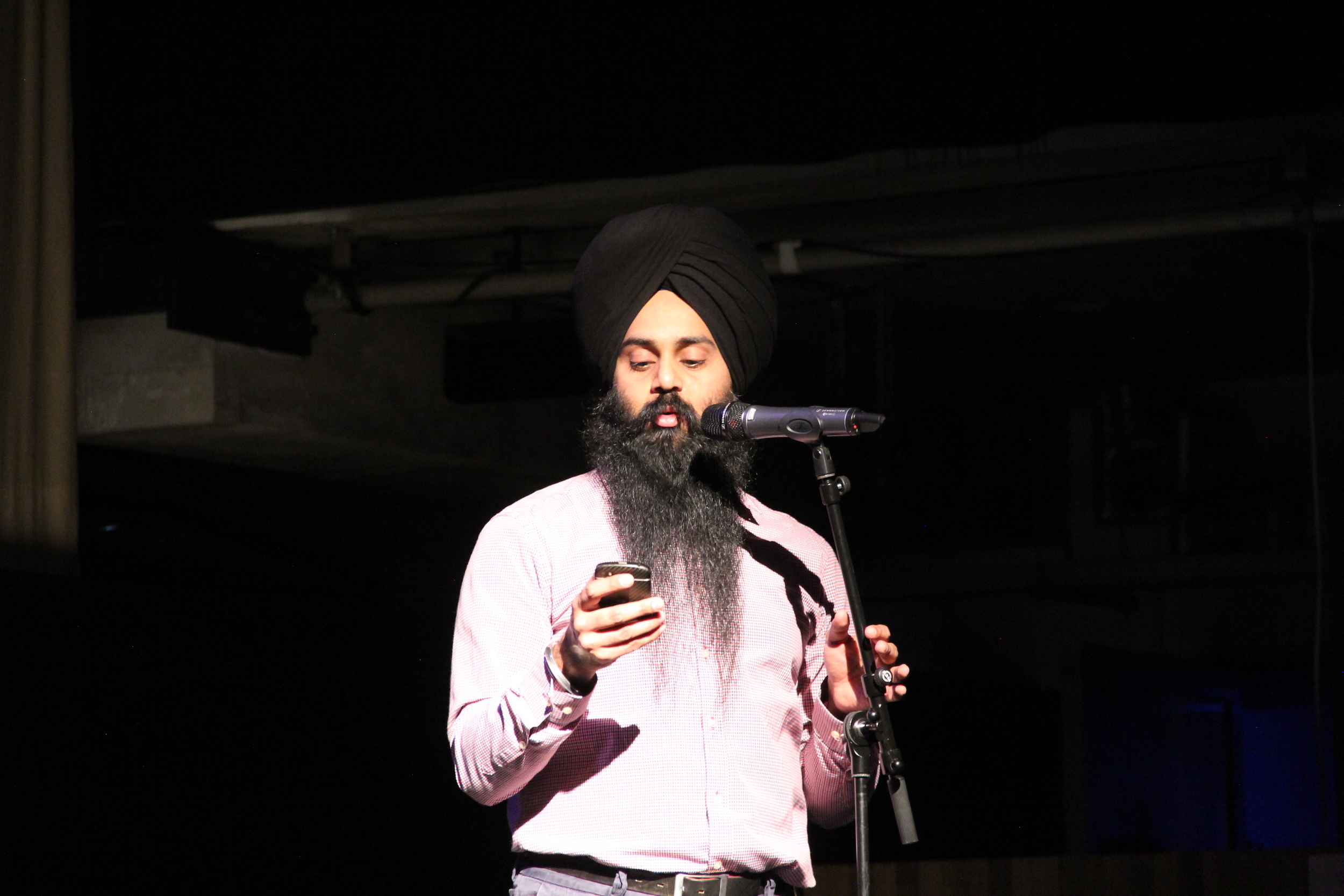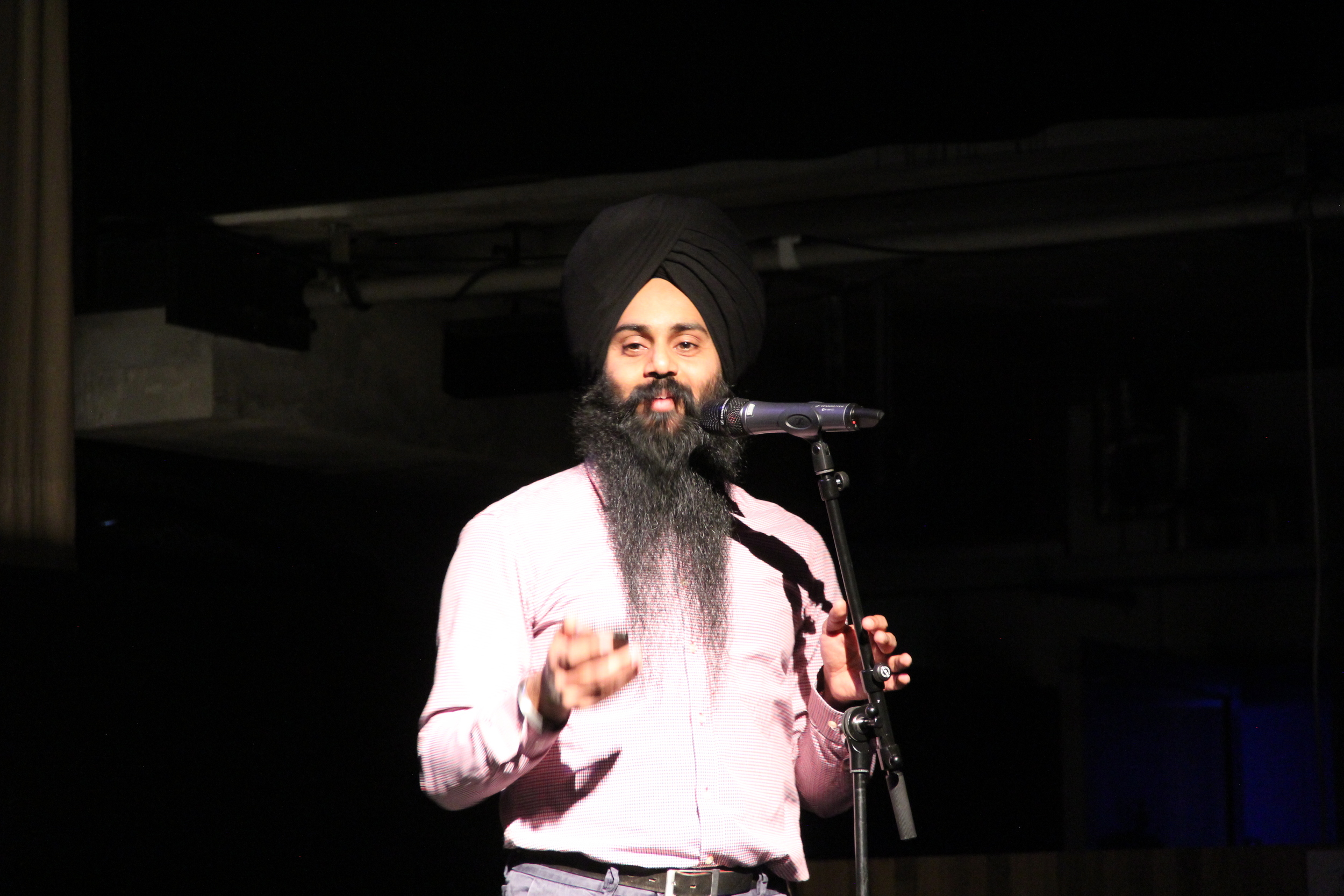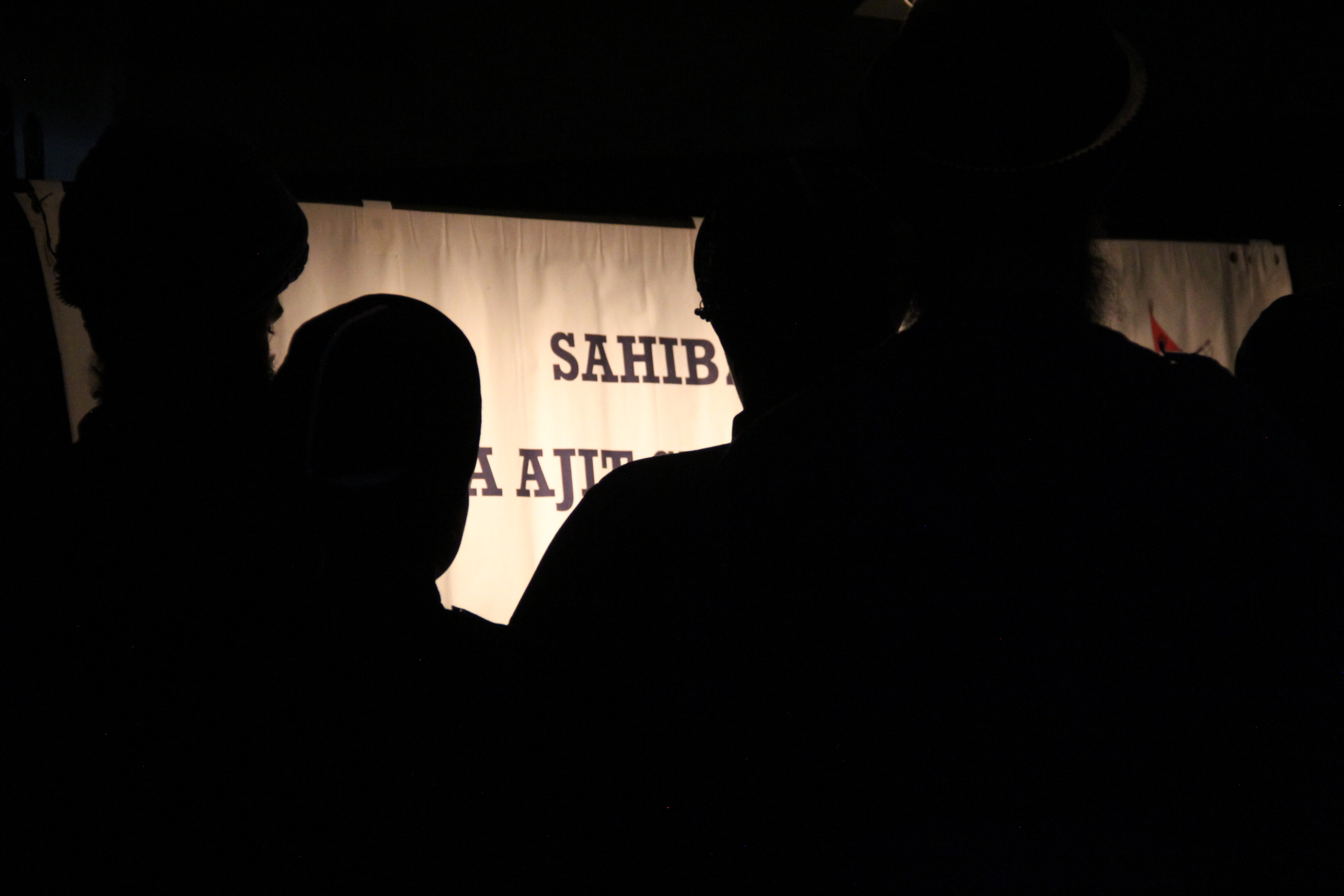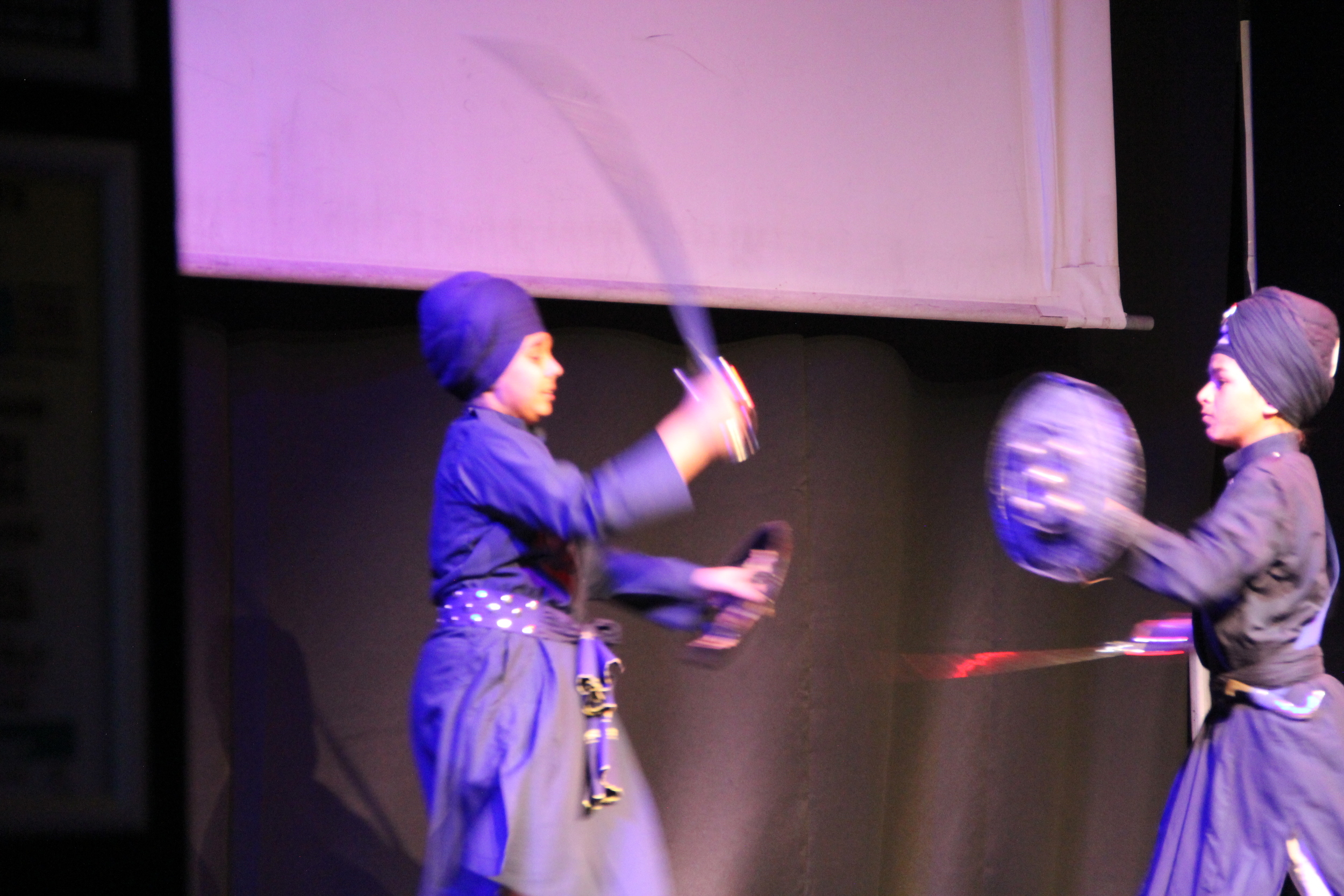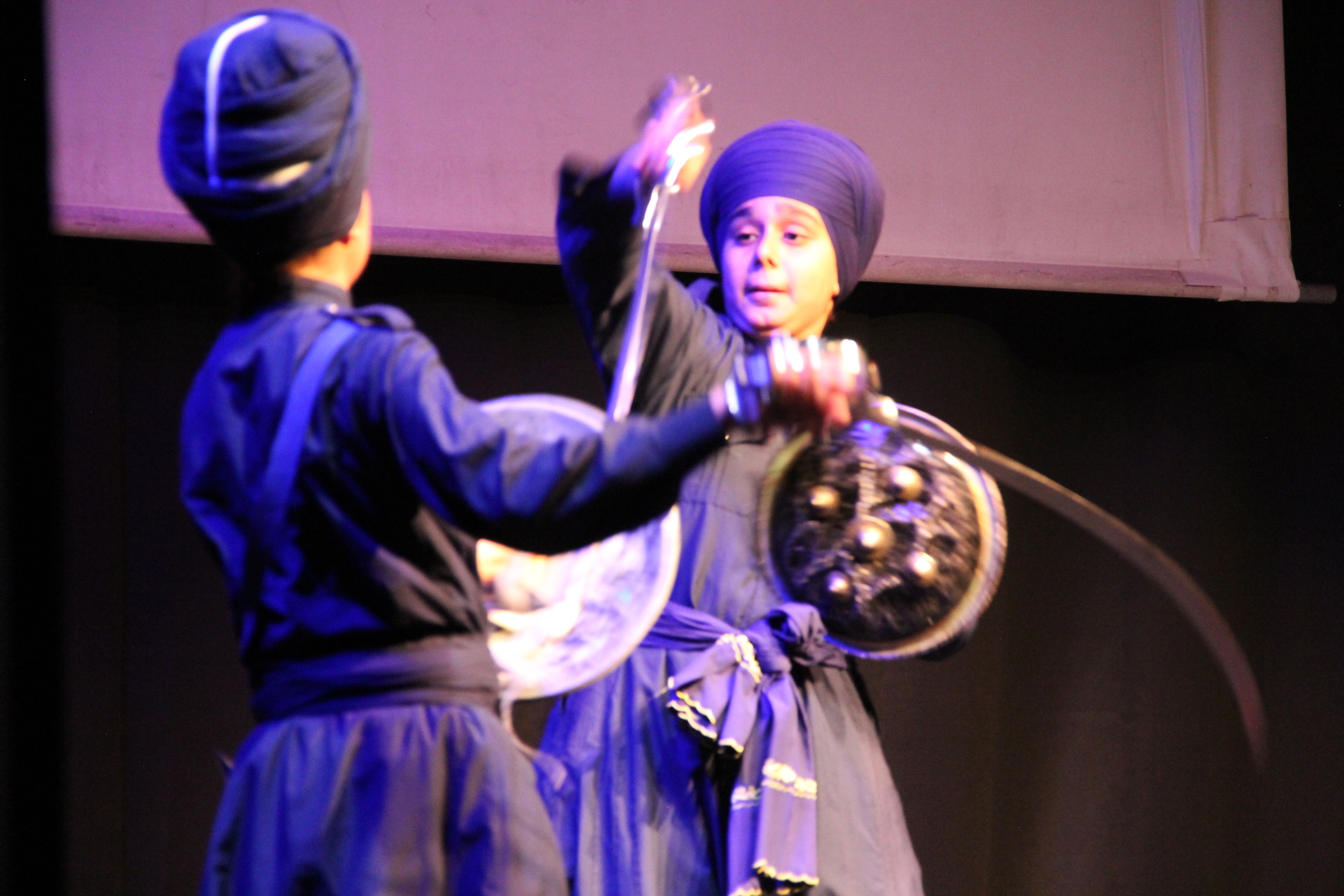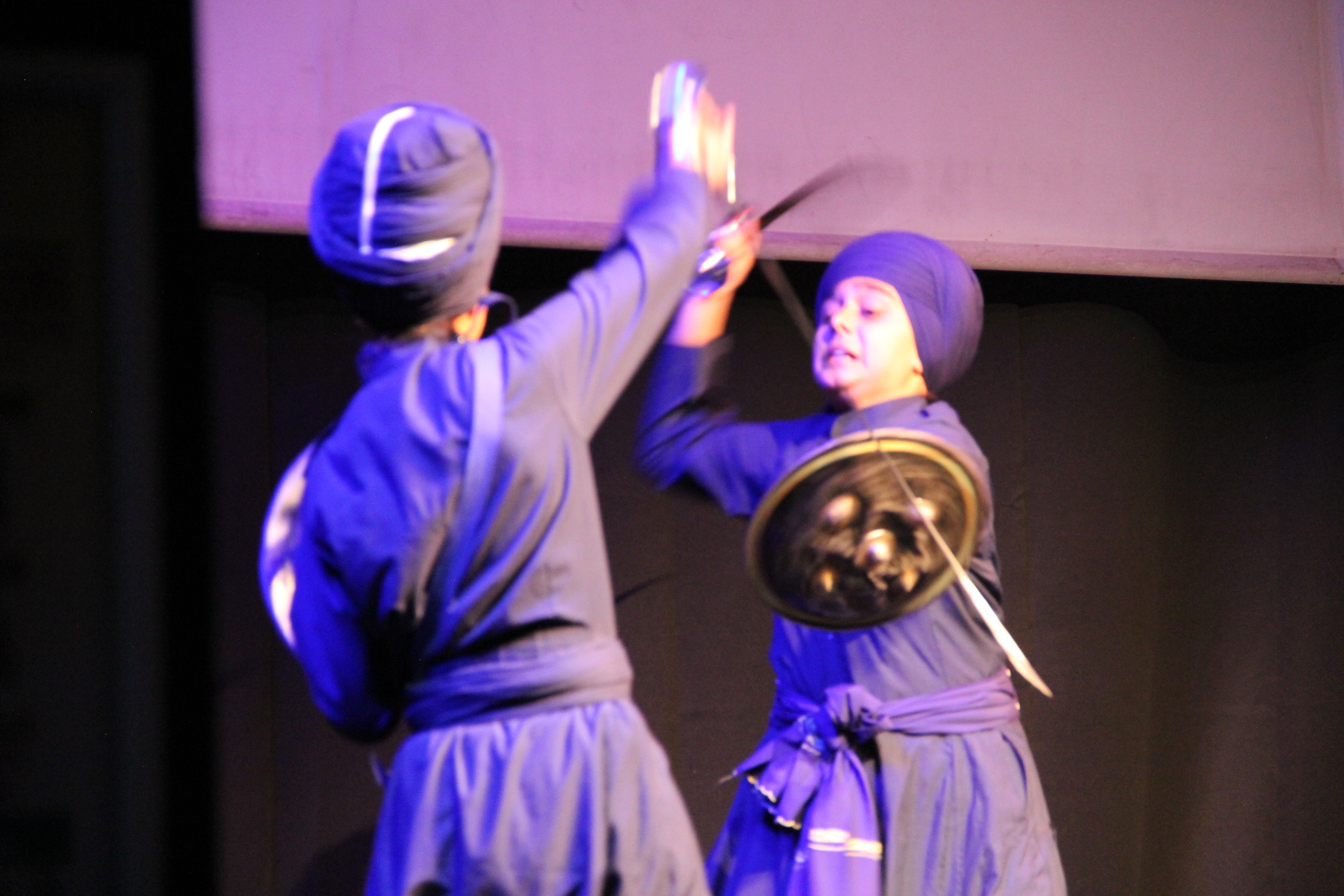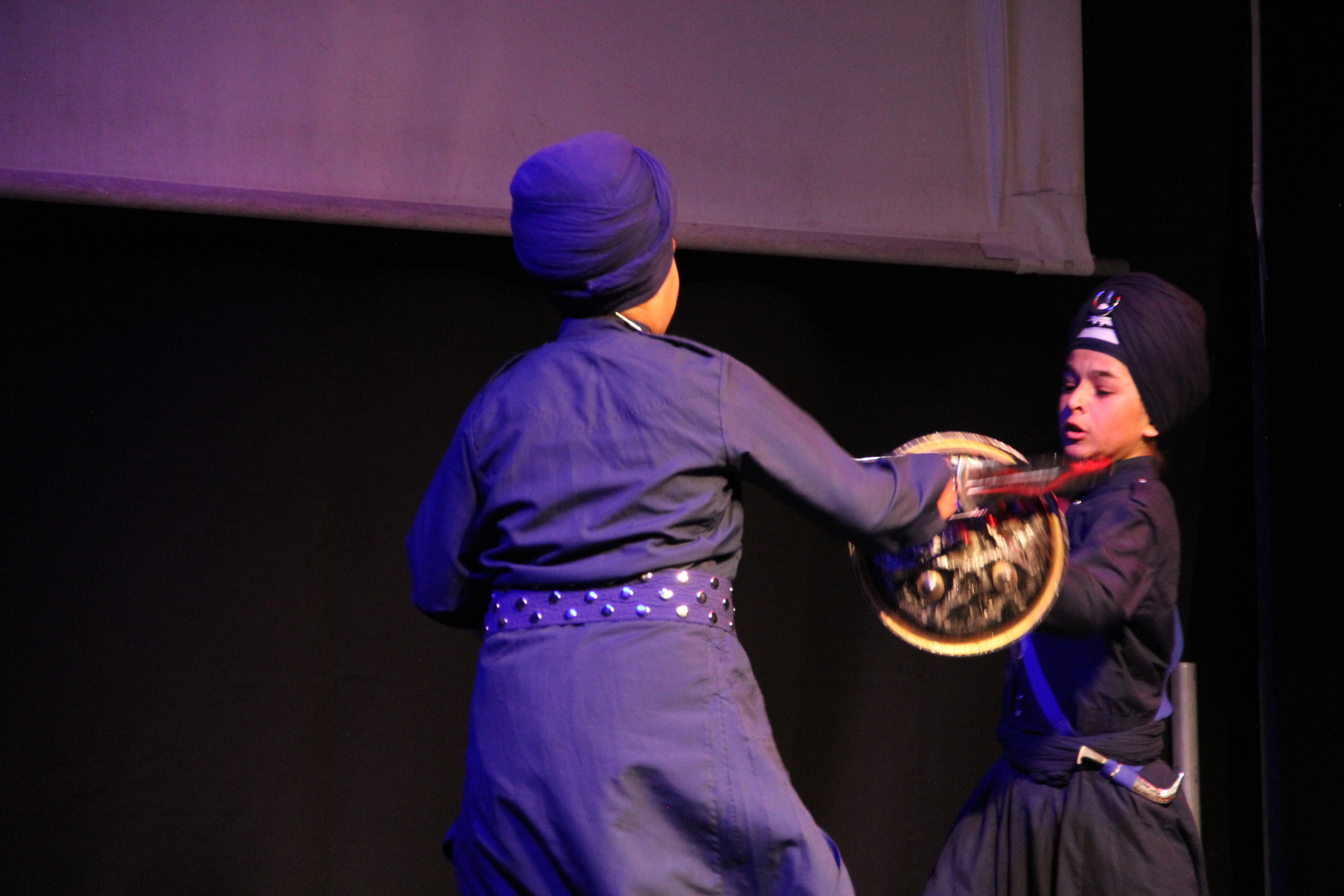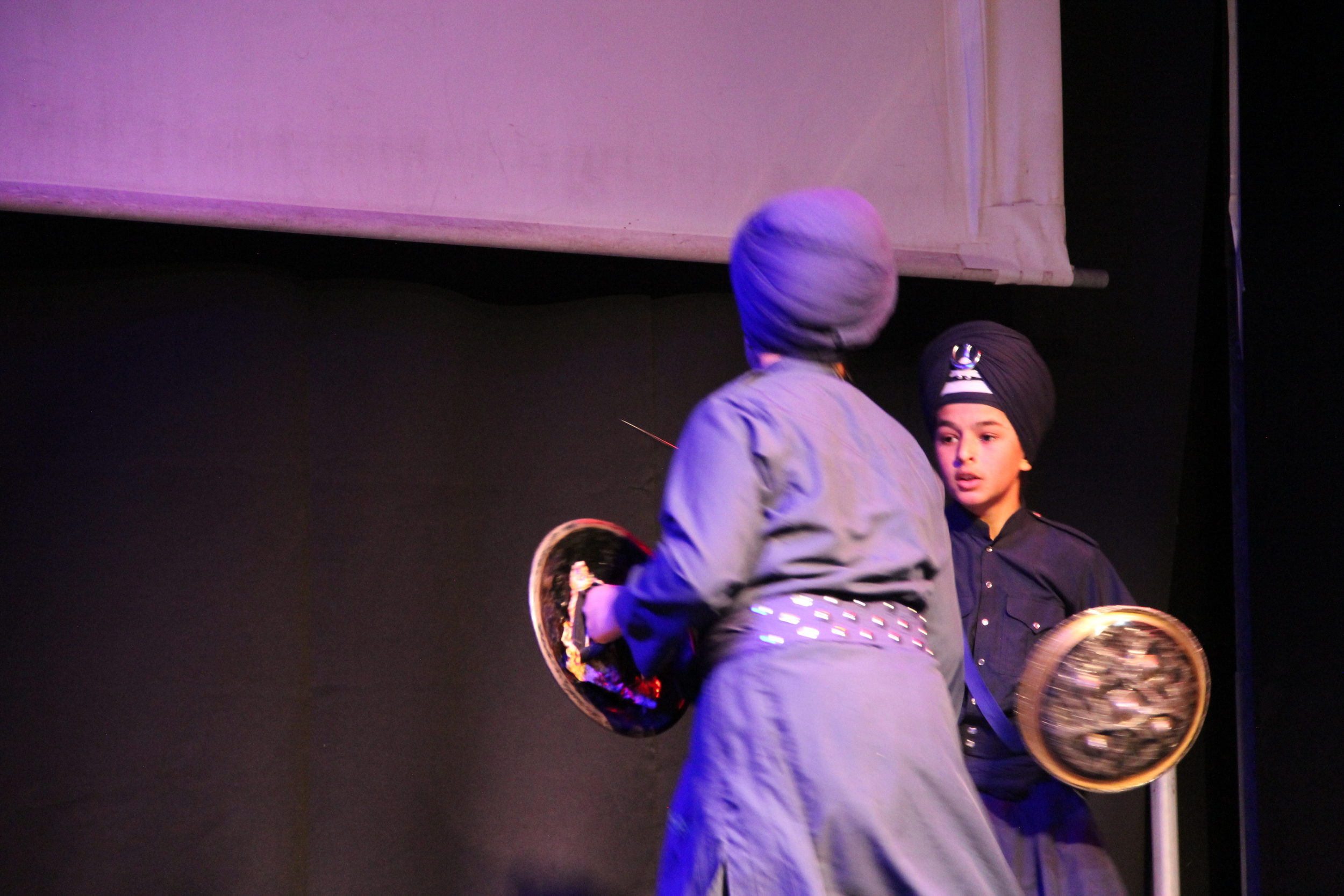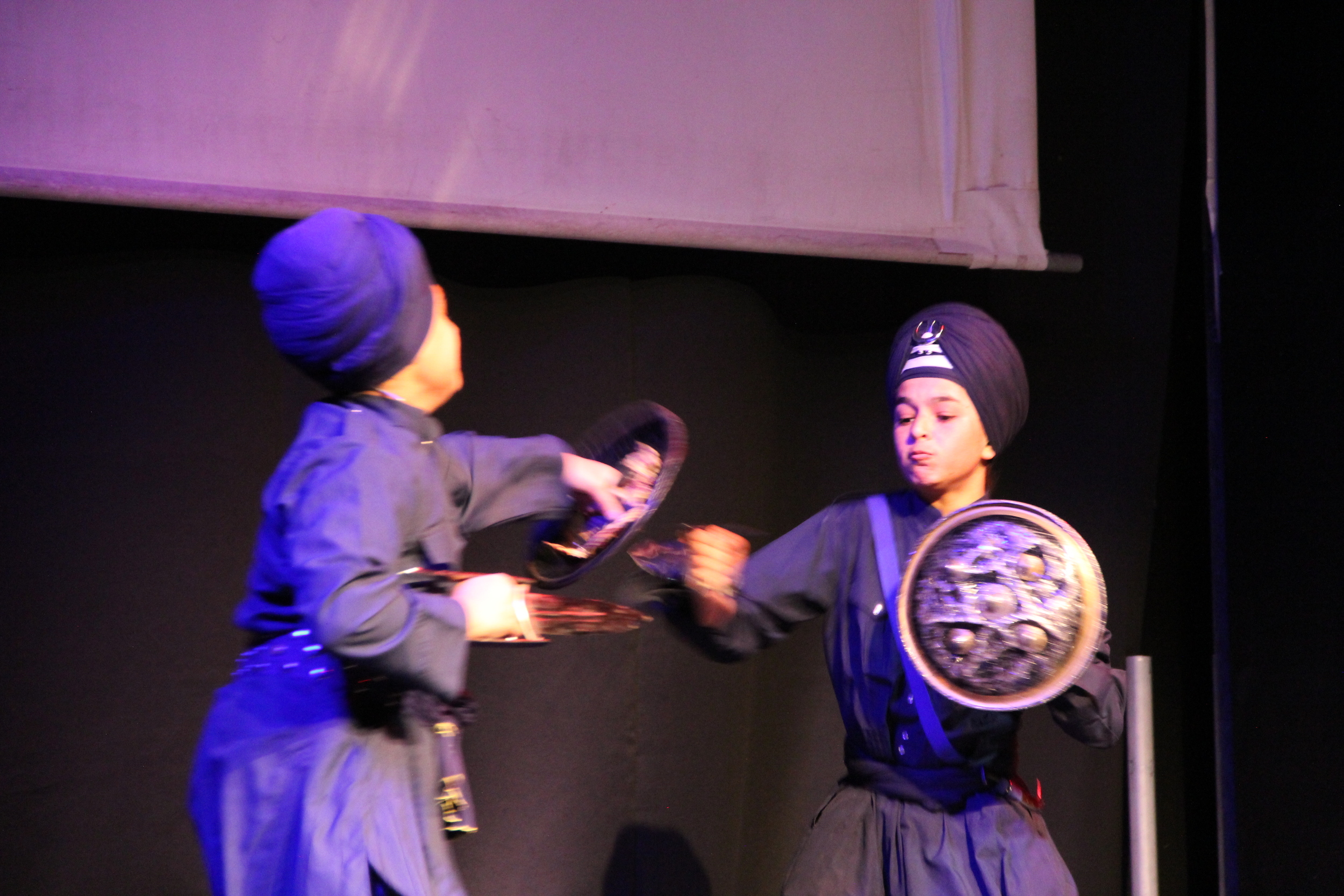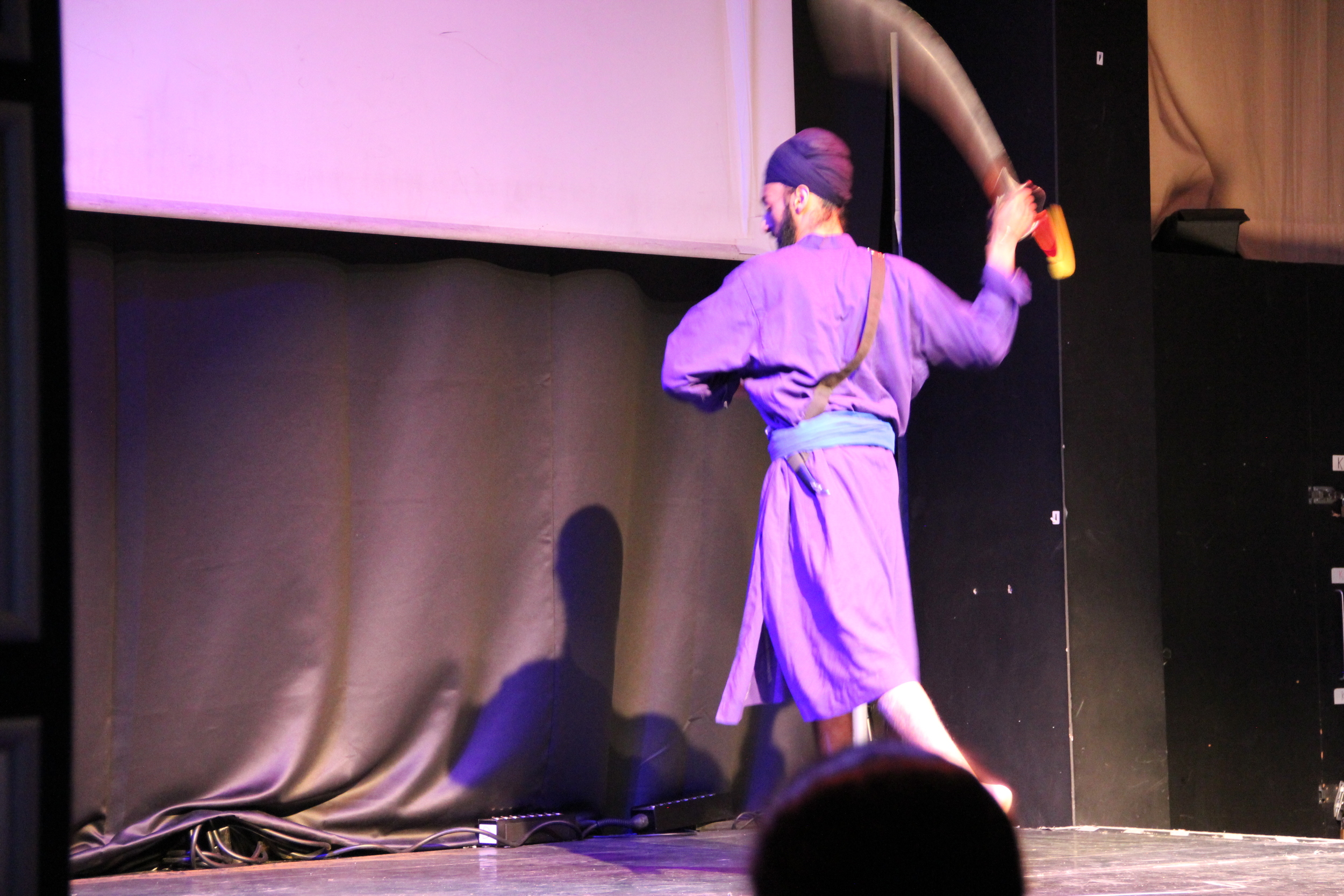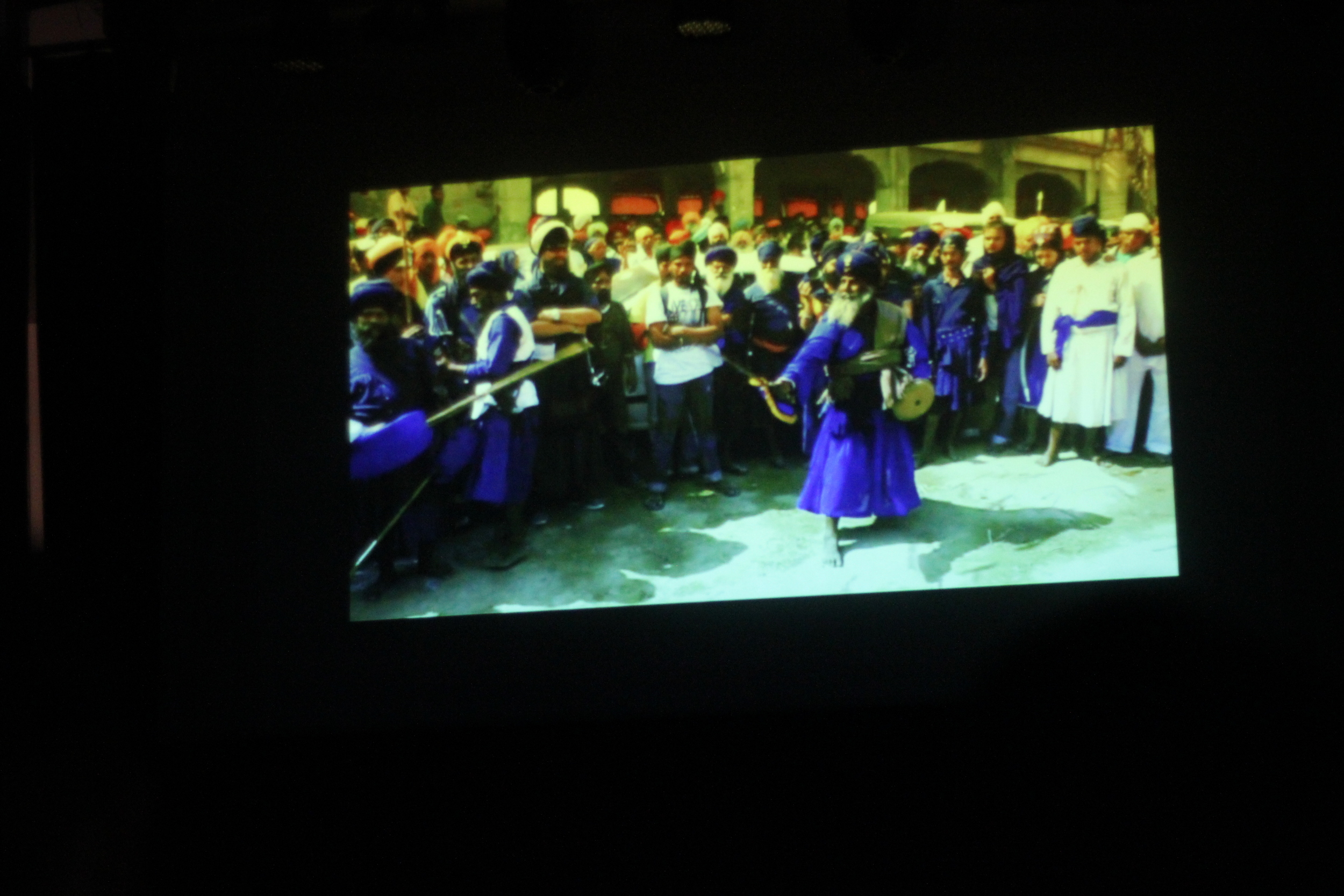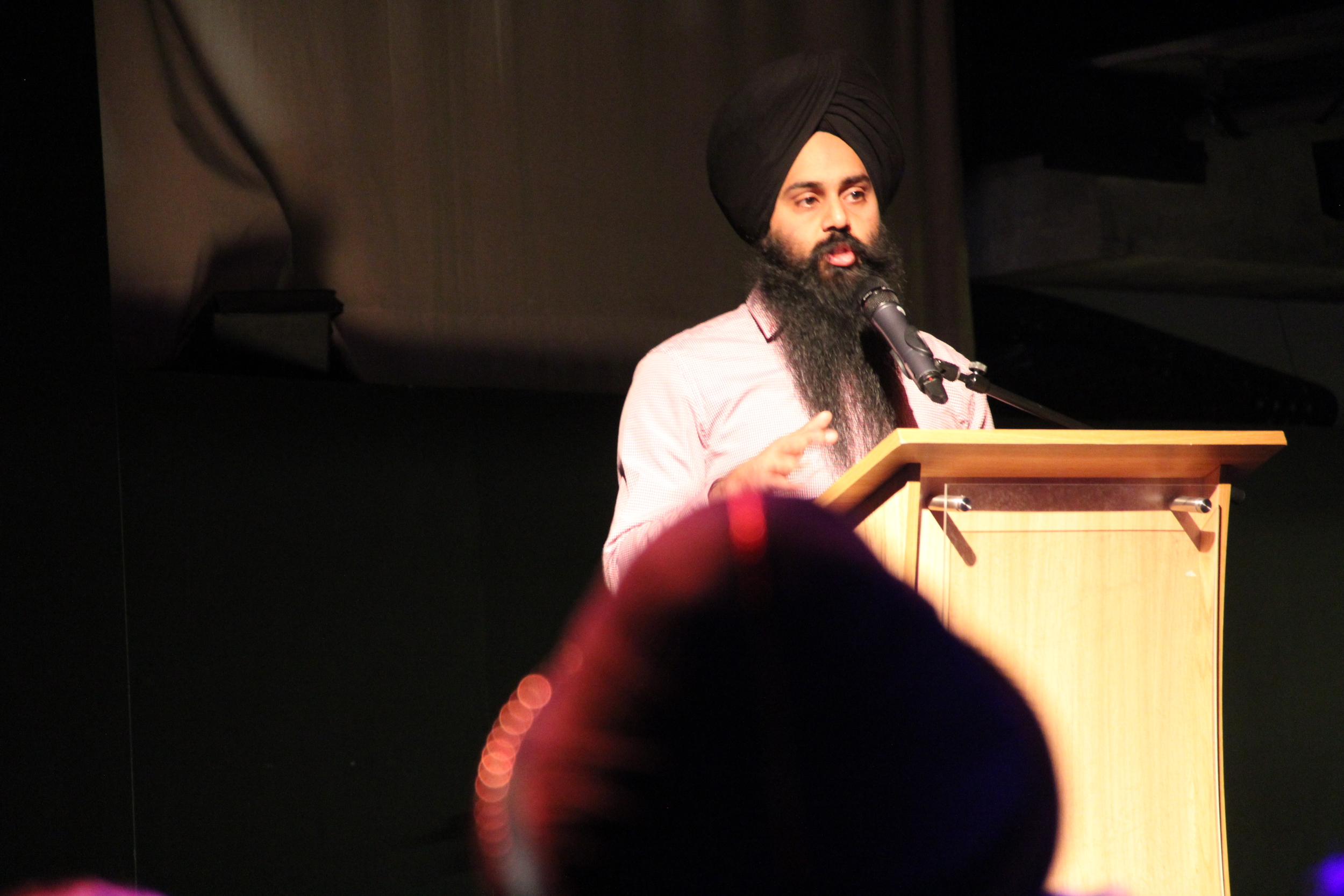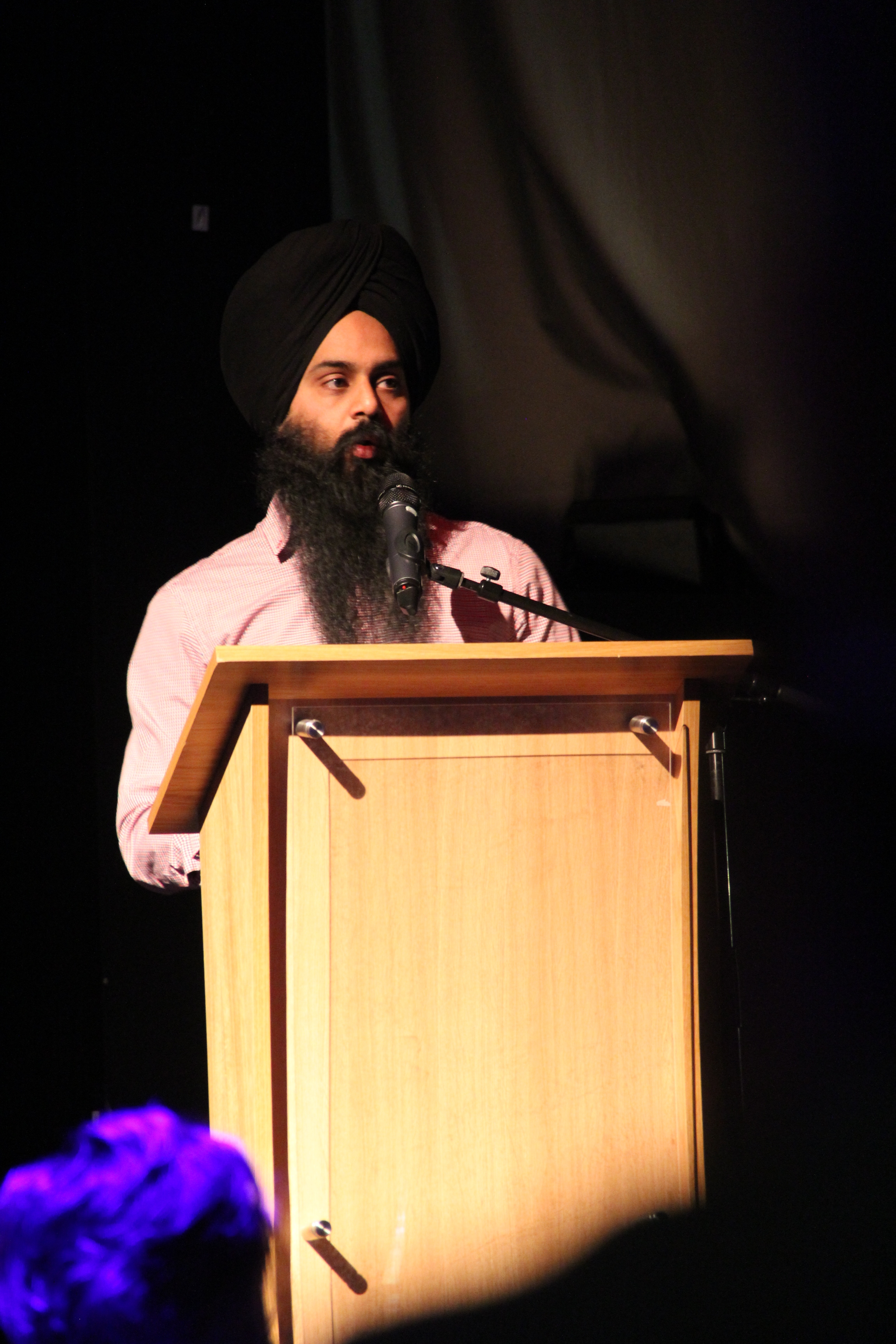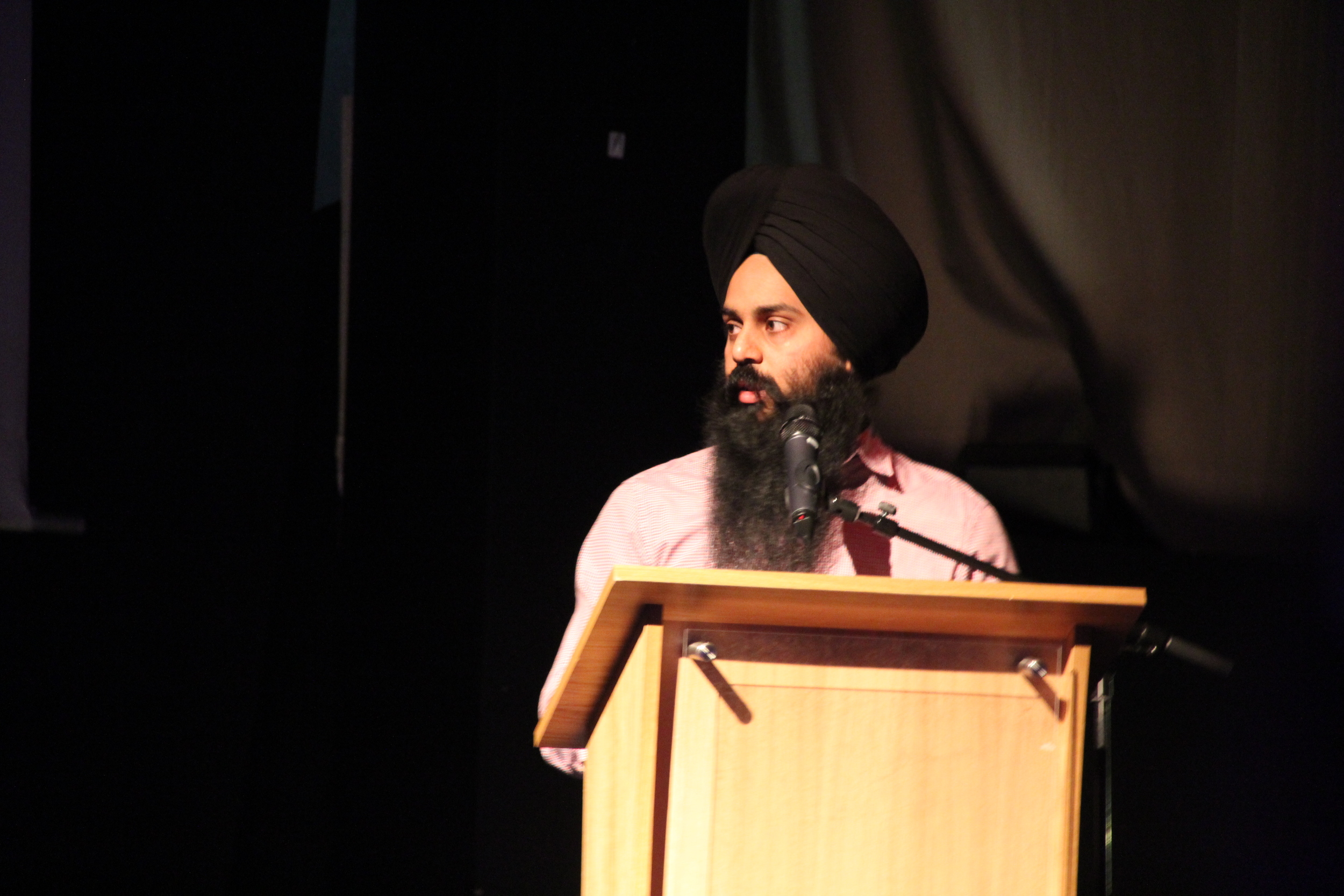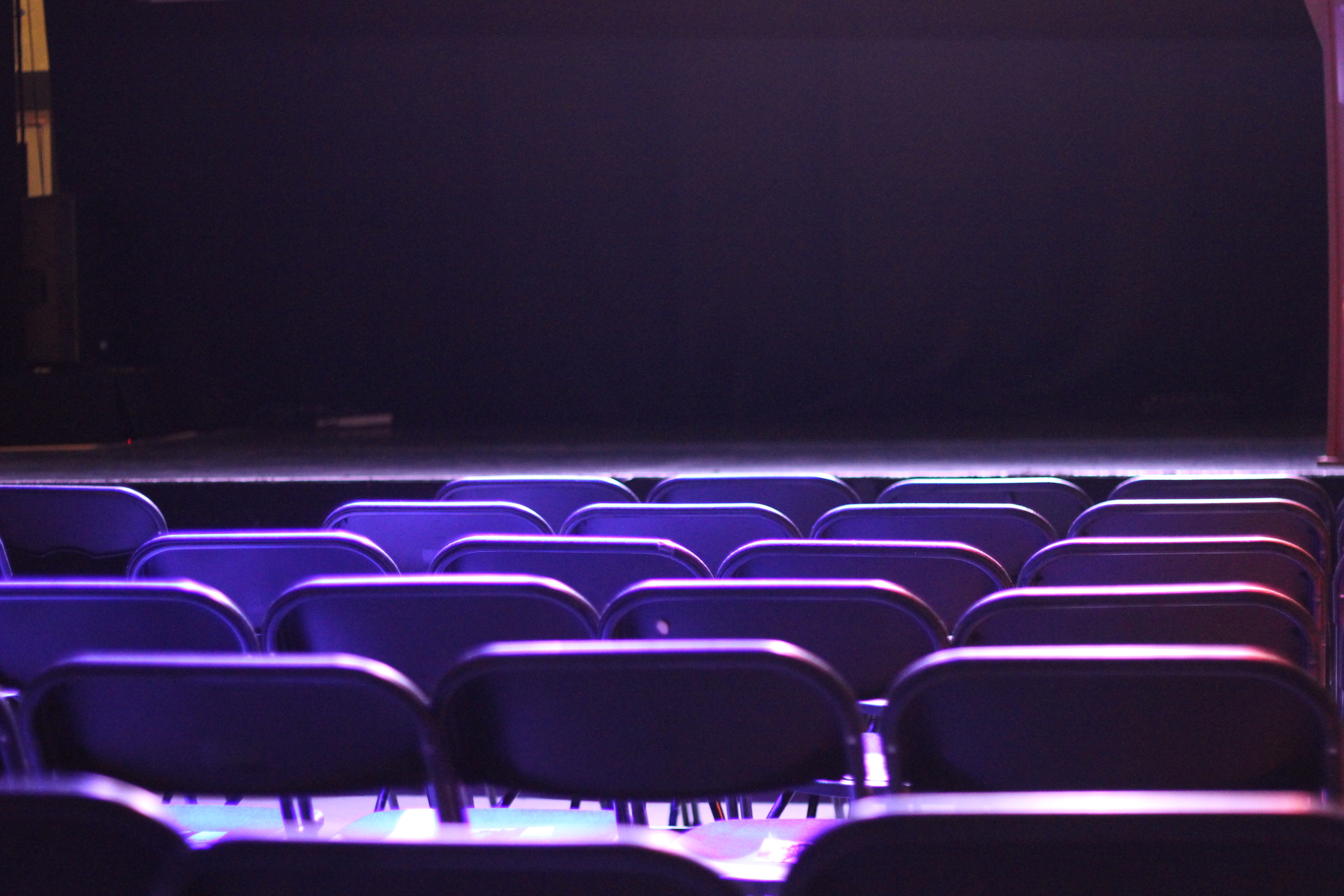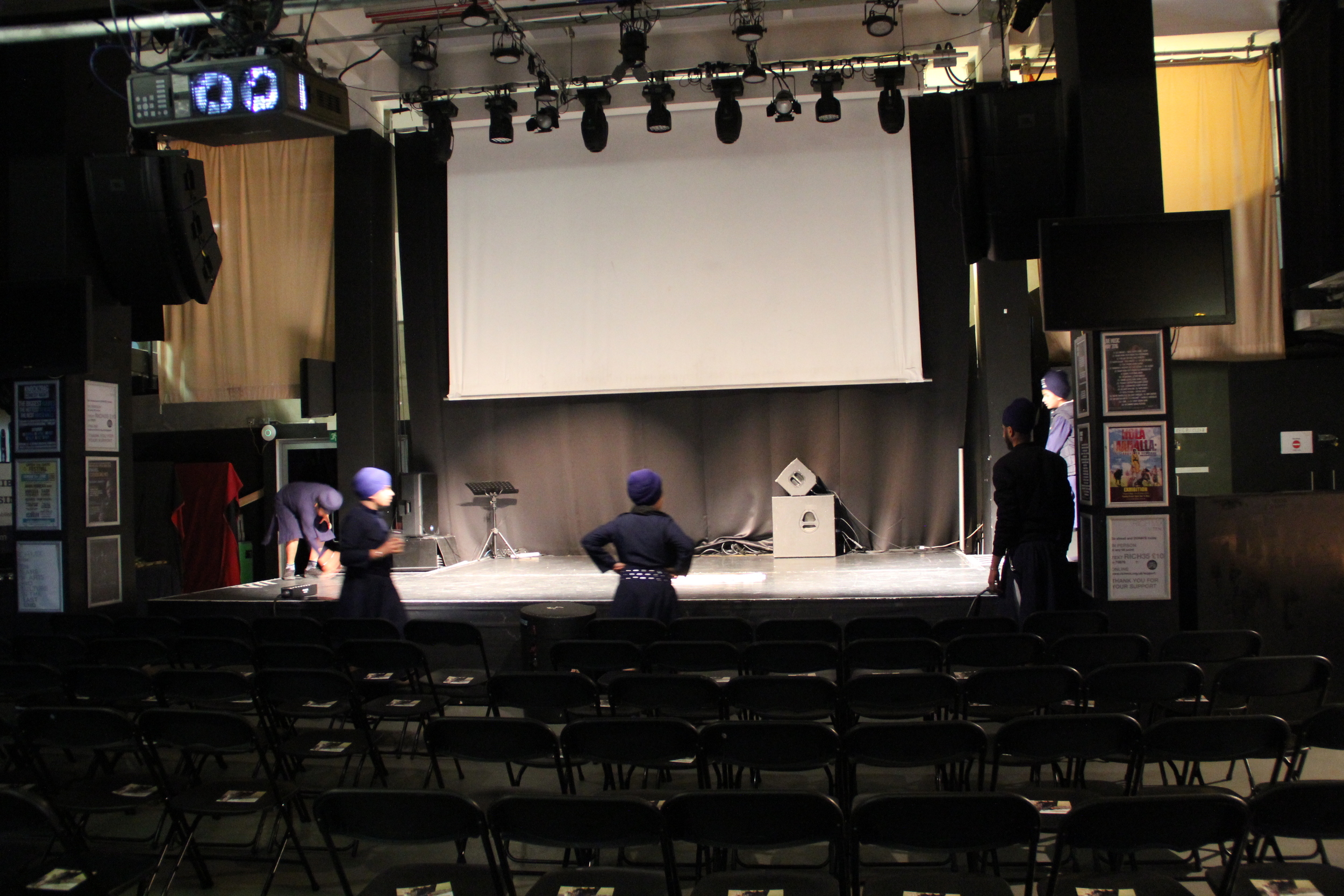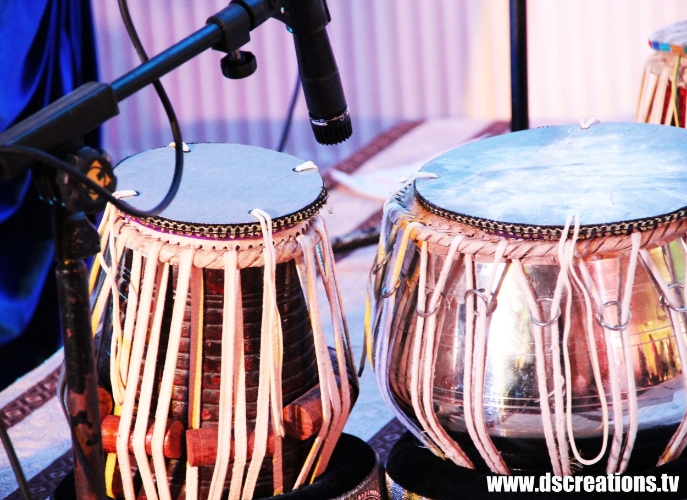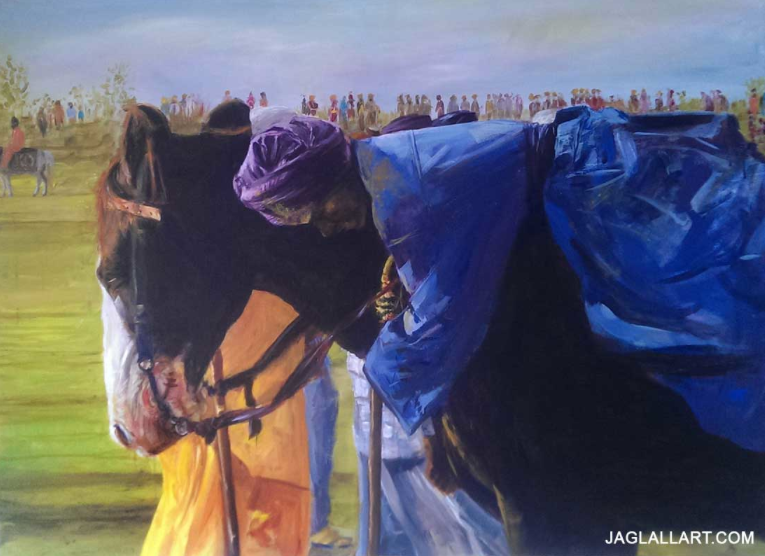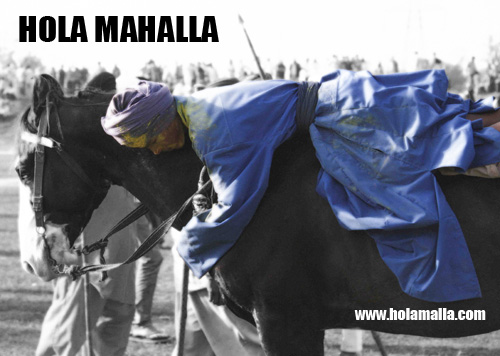The Hola Mahalla exhibition is being shown at the National Media Museum in Bradford from 26 February through to 17 April, on the ground floor opposite the IMAX Cinema.
Using a combination of prints and audio visual content, the exhibition takes the audience on a journey through this unique festival.
At the bottom of this page is a trailer for the documentary film 'Hola Mahalla: The Forgotten Festival' extracts of which will feature in the exhibition.
The film can be ordered on DVD here or to watch on VOD here.
DATES
EXHIBITION: 26 FEBRUARY - 17 APRIL 2016
Open Daily 10am to 6pm
Weekends 10am to 5pm
LATES EVENING: THURSDAY 17 MARCH 2016
6.30pm to 9.30pm
A FREE ticketed event that featured a variety of music performances throughout the night including Dhol players kicking the evening off, live bands, talks and countless other events.
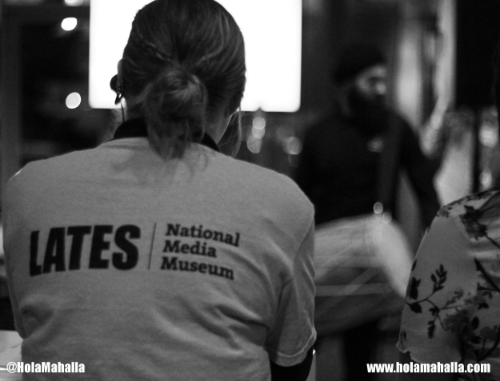
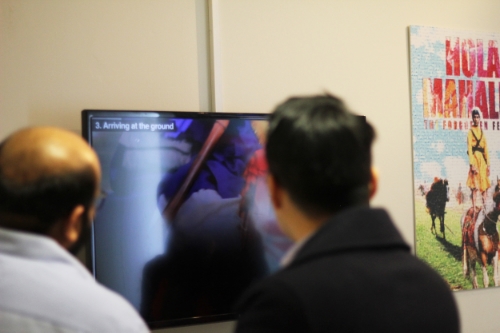

Lates is a night of FREE entertainment for over 18's; where you can relax, have fun and experience exclusive shows, activities and talks and access to the museum and its many exhibitions during the evening.
MAKE SOME NOISE-FAMILY WEEKEND 19/20 MARCH 2016
10am to 4pm.
Clap your hands, stomp your feet and prepare your ears, the National Media Museum is about to MAKE SOME NOISE!
Join us to find out how sounds are made, how we hear them and all the amazing ways we can play with sound.
Discover how technology can make sound incredibly fun, and create weird and wonderful noises that you have never heard before.
Free Dhol Workshops
Free Dhol Workshops were held over the weekend.
Workshop Times: 11.30am, 1.30pm 2.30pm
Dhol Performances intermittently from 10am to 4pm.
For more information about the Make Some Noise-Family Weekend click here.
Address
National Media Museum,
Bradford,
West Yorkshire,
BD1 1NQ
Contact
Tel: 0844 856 3797
Email: talk@nationalmediamuseum.org.uk
Opening hours: 08:30 - 17:00 (Monday - Friday), 10:00 - 17:00 (Saturday)
Hola Mahalla is a little known Sikh festival that takes place annually in Anandpur, India. Dubbed the Sikh Olympics, it involves sword fights, daring horse stunts and a dab of spiritualism.
This documentary focuses on the festival Hola Mahalla that has been running since the 17th century, showcasing skills such as swordsmanship and daring horse stunts that are with an ever decreasing number of nomadic Sikhs.
Featuring key interviews with Nihang Jatherdar (High Priest) Baba Nihal Singh and Kesgarh Sahib Jathedar, Late Giani Tirlochan Singh. This beautifully shot film takes the viewer on a journey through the festival and Anandpur Sahib, the "City of Bliss", providing a snapshot into a world rarely experienced outside of India and exploring this Forgotten Festival.






